|
Our crew at Gravel Grading & Excavating is dedicated to moving the earth for our clients and customers. We jump at the opportunity to assist with any project that we can, especially those that consist of waterway or sediment basin work because the efforts can benefit future generations of Iowans. Maintaining a sediment basin or waterway is essential to preserving Iowa’s most precious resource, black dirt topsoil. To help aid water drainage for a local community in the summer of 2020, our Gravel Grading & Excavating crew was called in to help clean out an existing drainage basin that had reduced efficiency after years of silt/sediment collection. Years of rain events had moved so much dirt into this drainage area, that all you could see of the outlet's 10-foot structure was the cap (pictured below). This told us that it was more than time for the silt basin to be cleaned out. Sediment basins are ponds with open water that capture coarse sediment and litter carried by stormwater or runoff. They intercept the runoff before it reaches the waterway, and slow it down to allow the coarse sediment to fall to the bottom.This way the cleaner water stays at the top of the pond and flows through the outlet source. A well-designed sediment basin should be just large enough to allow time to capture most of the target coarse sediment. It should only capture a small amount of finer particles and contaminants, the majority of which should be treated by a constructed wetland or raingarden downstream. In order to maintain a sediment basin, it needs to be cleaned out regularly, usually every two to five years. For our project in question, almost 10 feet of outlet pipe had been covered up with sediment over the years. Using our dozer, excavator, and wagons, our crew was able to clean out all the dirt that had settled in, and used it to build up the sides of the existing berm structure. See the photos below to watch our crew unearth and relocate years of sediment. Our guys then relocated the dirt and shaped the berm and drainage areas to facilitate future runoff and soil preservation efforts. Contact our team at Gravel Grading & Excavating today to see how we can assist you!
0 Comments
This past summer our crew was hard at work on another pond construction. This was a large project to undertake, but our experienced crew was perfect for the task at hand. The early days of the job were spent clearing land of shrubs and vegetation, then we quickly moved into the earth-moving phase to make the beginning shape of the pond. An essential element of a man-made pond is a core trench. It's constructed by digging the length of the pond and establishing a solid base. To start this step in the process, our Gravel Grading and Excavating earth movers dig down through top soil, rock, sand, or any other material, until they find a good clay soil layer that water won't seep through. Our crew then packs the clay to ensure a solid base for the pond so that it will retain water. Next, our crew forms up and pours around an inlet drop pipe. Inlet structures are built to control the water level in the pond and keep it consistent at all times. The galvanized material we used here will provide a durable option that will keep the pond filled for years to come. After the inlet pipe is formed and installed, it's time for the outfall pipe to be placed. This pipe will take excess water out of the pond and divert it elsewhere to drain away. This phase of the process is labor-intense as it requires lots of packing of the soil to support and reinforce the man-made components. Our crew takes extra care to complete this phase so our structures can withstand future water erosion once the pond is filled. Below, our crew fills around the outlet pipe to create the base of the pond. This is a time and labor intensive process to ensure that the dirt is firmly packed to prevent water seepage and to move around the man-made structures our crew has placed. The final phases of this pond construction includes closing the earthen dam. With this dyke closed, it will create a barrier for the water, and soon the pond will be able to fill. Thanks to our hard-working crew at Gravel Grading and Excavating for all their hard work on this project! With years of experience in building water features for our clients and working in the Eastern Iowa surroundings, we've got the knowledge and the portfolio to give you what you want. Give us a call today to see how we can help you! Today we bring you the process of rural pond making. We're going to show you how our crew can move the earth for you and your family to create a retreat you can enjoy for years to come! In 2019, we were called in for a pond expansion job south of Cascade. Our client had the beginnings of a recreational pond on his property, but what he had and what he envisioned for the property were two different things.... and that's when he called in our crew at Gravel Grading & Excavating! The project was soon looked over and discussed, as the property had an overgrowing of trees and shrubs and a shallow pond not suitable for the recreational fishing he was looking for. In the first phase of this project, our crew came in to help grub out the area surrounding the pond and grade up the banks to allow for a deeper water feature. After we had the new banks laid back, we needed to clear out the sediment and plants that had accumulated at the bottom of initial basin. Our excavation team got right into the thick of it, clearing out the debris and allowing the spring/water table to fill the new pond basin. After much anticipation, the pond we helped our client with was full and stocked last fall. It is now more accessible since our crew grubbed it out and laid back the banks. And with the additional depth we were able to give it, this pond can stock additional, healthier fish to provide hours of relaxation and recreational fishing for our owner. We so appreciate our client asking us in to help with this fun project!
If we can give you your own retreat like this one, call us at 563-542-6610 or email [email protected] ! Our crew at Gravel Grading and Excavating has been hard at work cleaning and rehabbing our equipment to get each piece ready for the 2020 season. Every winter we make sure to complete routine maintenance on our fleet of tractors and equipment, including washing and waxing them for protection from the harsh Midwest weather seasons. This past winter we focused a lot of our work on our bulldozer. In addition to removing the dust and dirt from the belly pans of the John Deere 750J dozer, we replaced the tracks and added a fresh coat of paint. When it comes to maintaining bulldozers, the undercarriage is always first priority. Daily inspections should look for wear points, abnormal wear, or anything that could reduce production and increase downtime. It’s also essential to keep the roller frame as clean as possible with a regular clean-out schedule. Once material is packed into the undercarriage, it can cause a tight track and increased wear rates on the undercarriage components. When considering the aforementioned, our crew decided this winter would be the best time to remove and replace the tracks as well as the rollers. In addition to replacing the track and rollers, our crew gave the bulldozer a fresh coat of paint once we had thoroughly washed and waxed the machine. With spring officially here, let us know If you have a job for us in 2020 by giving us a call today!
In 2018, our local medical clinic in Cascade contacted us with a problem. Their current parking lot couldn't handle the volume of clients and vehicles it was constructed for when they opened their doors in the late 90s, and their location atop a hill overlooking town lead to water runoff problems for neighboring properties. They knew it was time to make a change, and they knew our crew at Gravel Grading and Excavating was just the team to move the earth for them. Our first step was to tear out the existing lot and regrade it at an appropriate slope so water would drain into storm sewers rather than neighboring properties. Some of our favorite equipment to use in jobs like this is our laser grading equipment. Laser grading is a process by which a level or specified slope is attained by using laser attachments and tools. These attachments can easily be installed on a variety of our equipment from skid loaders to bulldozers to help us electronically check the grade as we work, making us more efficient and accurate in our job. While we had the ground exposed, we also worked to curb the new lot and tie in existing sewer lines to the city's storm sewers. Once the initial ground work was completed, our friends at Kluesner Construction came in to pour the concrete and asphalt to give the lot a smooth, even finish. At Medical Associates Cascade, the finished project is even better than expected. Patients no longer have to park in "no parking" zones for their appointments, and water drains to its designated location.
Sherry Kelchen, ARNP at the Cascade clinic said, "The crew at Gravel's was very quick and clean. They did their best to accommodate our staff and patients while they were working" and she was quite pleased with the outcome of the job. Our thanks go out to the Medical Associates Clinic staff and their patients for choosing us to move the earth for them in this project and our friends at Kluesner for hopping on board to help us complete the project. If we can help you on your next parking lot build or improvement, get in touch with our crew! Contact Terry at [email protected] or call 563-542-6610 to discuss your job at get on the remaining 2019 schedule. As you are cleaning up around your property this spring you may notice some unsightly problems that creeped up during the winter months. From hillside wash-outs to weeds and shrubs that seem to have grown 10 feet in 3 months, property owners around Eastern Iowa are starting to assess their properties and make plans for outdoor improvements in the spring and summer months. At this time in 2018, the same process was happening on a residential property high atop a bluff overlooking the Mississippi River town of Bellevue, Iowa. While the homeowners were pleased with their home, they found themselves unable to fully enjoy their outdoor spaces due to the steep hillsides and overgrown timber areas. Their beautiful view was partially obstructed by trees, and they knew this was the time to take action so they called in our friends at Conlon Construction to head up the project, and the guys at Conlon knew that Terry and the crew at Gravel Grading and Excavating were just the people to help out on this large-scale job. When we were first called in, we immediately noticed the potential of the property. The idea was to regrade the driveway, sidewalks, and walking paths surrounding the home to fade the slope and improve water runoff, grub out small brush and cut back tree branches around the property, fade the hillsides and bluffs to make the terrain more easily traversable, and build out new patio areas for the homeowners to enjoy their newly-improved outdoor spaces. On our first day on the job, we brought several pieces of small equipment such as our Bobcat Skidsteer and Mini Excavator. Working in such steep grades like these, we knew the smaller equipment would better handle these conditions. As we worked on improving the fall of the walkways and drives, we made sure to fade the terrain of the main yard back into the surround bluff, so there would be usable space for the family. Our crew worked on this project in several stages, first cleaning out the shrubs and trees that dotted the yared and roughing in where the walkways and driveways would go. We then returned a few weeks later to assess the progress, shape up the property for retaining walls , and fill around the new patios and decking that were going in. At the end of the project, we then came in to finish grade the land and prepare it for seeding. "This project was a lot of fun to work on," says Gravel crew member Brad Gravel. "We got to take this beautiful but overgrown home and yard, and make it a useable space for the family again." Says Terry Gravel, owner of Gravel Grading and Excavating, "We are really thankful for the guys at Conlon for calling us in to help on this job. They are a great crew to partner with, and we think the finished product speaks for itself." The end result of this process is not only a beautiful new yard for this Bellevue, Iowa, family, but also a space that is useable year-round.
Improving the grade around the edges of the property ensures the topsoil is secure and stays in place, providing better opportunity for lawn growth and maintenance. Grubbing out shrubs and trimming back trees improves the view of the mighty Mississippi and adding features like walkways to the home allow it to function better for the family. Thank you to the team at Conlon Construction Company for allowing us to partner on this job, and thank you to the family in Bellevue for allowing us to move the earth for you! As a homeowner, there are many systems in your home that you depend on every day for the comfort and safety of your family: heating, cooling, electrical, internet, etc. But for your peace of mind (and your wallet), the system you cannot have fail in your household is your septic. With all the water the average family consumes daily in their bathrooms, washing machines, and kitchens, having confidence in your home's wastewater collection and treatment system is priceless. Gravel Grading & Excavating recently had the opportunity to complete a new septic system install for the Hosch family of rural Cascade, Iowa. For this project, we worked closely with the family and state of Iowa and EPA codes and regulations to make sure the new system was both functional and environmentally sound. After weighing their options and spending some time consulting with Terry, the homeowners decided that a septic tank and drainage field system was their family's best choice. How does it work? All water running out of the house filters into a two-compartment, water-tight septic tank. The heavier, solid waste settles to the bottom of the first compartment in the tank, while oil, grease, and waste water floats to the top and moves into the second chamber. From the second chamber, liquid wastewater (effluent) travels out of the tank and into a series of pipes laid out in an underground drainfield. This drainfield moves water out of the piping through a series of both man-made and natural materials to percolate through sediment, rock, and soil to naturally clean and purify the wastewater before it reaches the water table or the surface as safe, drinkable water. Time for installation: First, we had to go to the site and assess the best location on the property for the drain/leach field. For this, we needed both the square footage necessary for the drainfield and proper soil quality that had the capacity to absorb and purify effluent exiting the system. Once we determined the proper location, our crew came to the site with our excavating equipment to dig out the pit for the tank and drain field. The tank's trench was then lined with gravel and tested for level to ensure the proper fall to the pipes for optimum drainage. Our crew was then able to set the tank in place and begin assembling the drainfield. Our crew started this stage of the install by backfilling the trench with soil and gravel to form the naturally-filtering layers. Each layer was carefully graded to assure correct degree of fall for the pipes and then measured to ensure accurate thickness for optimum water treatment and to comply with Iowa and EPA code. After ensuring proper base protocol, the Gravel Grading & Excavating crew began laying out the pipes and covering them with layers of gravel, landscaping mat (to prevent plant and tree roots from growing into and thus disrupting the drain field), and topsoil. Gravel Grading & Excavating is licensed with the state of Iowa for residential septic system installation, and we follow proper protocol and follow-up with the DNR to make sure that our projects are both functional for your family and safe for the surrounding environment. Thank you, Hosch family, for choosing us for your septic installation, and thanks to all our customers for their ongoing business. Need more information? Check out these helpful sites listed below: State of Iowa Laws and Codes: http://www.iowadnr.gov/Environmental-Protection/Water-Quality/Private-Septic-Systems EPA Standards & Guidelines: https://www.epa.gov/septic More detailed recommendations and installation instructions: https://www.thenaturalhome.com/septic.html For many local farmers, having a creek run through their property is an advantage. Creeks can provide access to water for pasture livestock, a boundary between fields, or recreation for the family. Sometimes, creeks can be a source of headache for farmers, as was the case with this project at the Takes farm located east of Cascade, Iowa, on Bellevue-Cascade Road. Each day when it was time for chores, local farmer John Takes would fill his feed wagon and cross the county highway into his cattle pasture. Once inside the fence, John would have to maneuver his tractor and wagon down and then back up the steep sides of the small creek to access his herd. On its best days this caused his equipment to bottom-out, creating a dirty mess that was hard on his machinery, and on the worst days in times of high water, the pasture was nearly inaccessible. To remedy this problem, John called Terry and Gravel Grading and Excavating to help him devise a solution. Terry recommended installing a new creek crossing, complete with prefabricated slatted concrete slabs to aid in traction for equipment and three ag-tile culverts that would allow the creek to maintain its flow below the new structure without compromising its stability. To begin, the crew of Gravel Grading & Excavating waited for a dry spell, so the creek would be low enough to work around. Then drawing on their extensive experience and laser grading equipment, they determined the optimal location of the path across the creek, as well as the appropriate height for the new crossing so as high water events would not breach the new lane. The guys then moved in with graders, skid steers, and excavators, to begin the process of moving dirt to prepare for the installation of the culverts. A bed was prepared for the pipes to lay upon, and once again the laser levels were used to determine the proper degree of slope for maximum water drainage. Once this was prepared, the plastic piping could be installed and backfilled with dirt and rock for stabilization. An extra measure was taken for erosion control by pouring concrete walls on each side of the new road to prevent washouts in heavy rain events. The crew then went about pouring a final layer of concrete to top off the new crossing, placing concrete slats on both sides, and regrading and dumping new gravel along the newly-established path for the finishing touches. Shortly after the conclusion of the creek crossing, a storm passed through, testing the effectiveness of Gravel Grading & Excavating's work. As expected the crew was able to move the earth for our customer John, and the culverts worked just as planned, allowing the creek to maintain its flow through the pasture while allowing John to access and feed his cattle. Thank you to the Takes family for choosing Gravel Grading and Excavating for this project, and be sure to give us a call for any of your dirt work needs. Flooding. It happens almost yearly anymore in Eastern Iowa. As a homeowner it's important to have flood insurance to protect your residence and valuables if you lie in a flood plain or are prone to water seepage in your basement. As a landowner, you sometimes need to take other preventative measures, as you can see below with our friends the Ostwinkles who live on North Cascade Road between Cascade, Iowa, and Epworth, Iowa. For this family, the stream in the pasture behind their home provided exquisite views and relief for their cattle in the hot summer sun. But after several years of flooding (and one extreme flood event in 2013), the banks along the stream bed had been eaten away and were now unstable and dangerous. To help address this problem, the Ostwinkles turned to Gravel Grading & Excavating. We started by sending company owner Terry Gravel out to the property to assess the situation. Terry took some initial photos and discussed with the owners what they were hoping to achieve on their land. From those steps, Terry recommended completely restructuring the creek banks and stabilizing them with large chunks of crushed rock and concrete, otherwise known as rip-rap. Terry and crew got started by grading back the banks of the creek with one of our John Deere tractors and dirt wagon. This wagon has the hydraulic ability to both scrape off and then relocate dirt and gravel. Once that step was completed, excavator operator Brian Noonan dug out additional sediment to improve water flow and creek drainage, particularly around culverts. Our dozer was then called upon to finish out the grade, enabling our crew along with our friends from Eastern Iowa Transport to bring in truckload after truckload of rip-rap. This would ensure that all our work would be protected for years to come, and high water flow would not undermine the stability of the new creek banks. Our last step was to cover the rip rap with a layer of dirt to fill in the crevices and lay grass mat that would promote the growth of grass and vegetation to slow water flow, thus preventing erosion and loss of topsoil in future rain events Check out our photos and video below for a step-by-step walkthrough of the Ostwinkle property project from start to finish, and give Gravel Grading & Excavating a call for your next dirt-work project. We'll move the earth for you! |
hereYou'll find all the newest products and services recommended by Terry and Gravel Grading & Excavating. Categories
All
Archives
April 2024
|
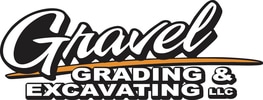
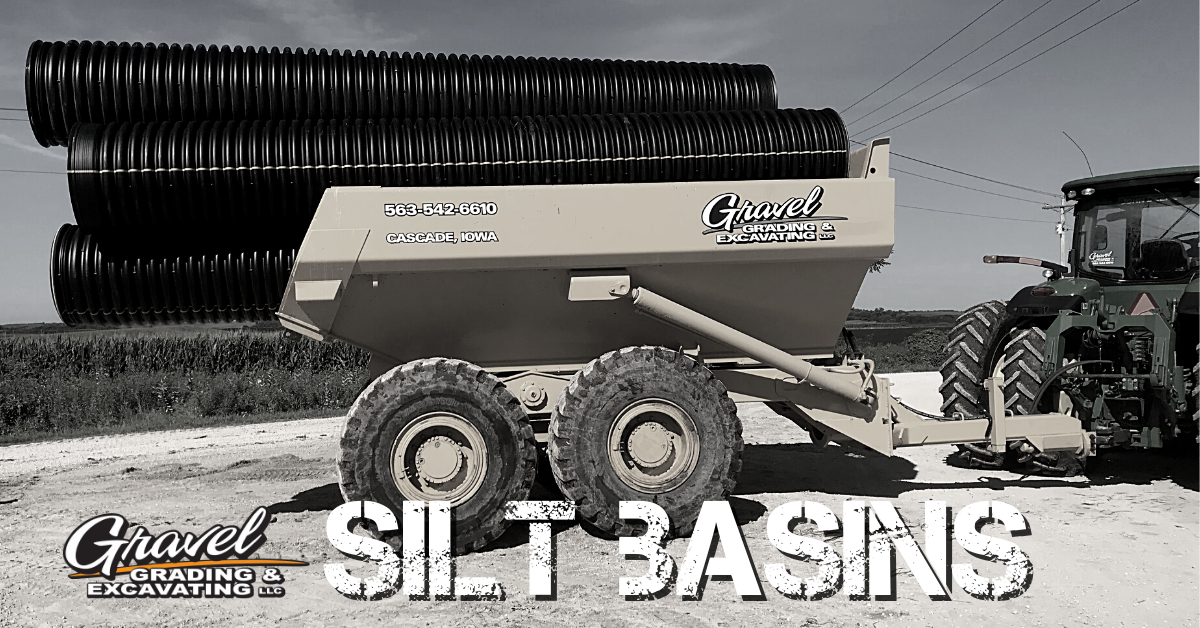
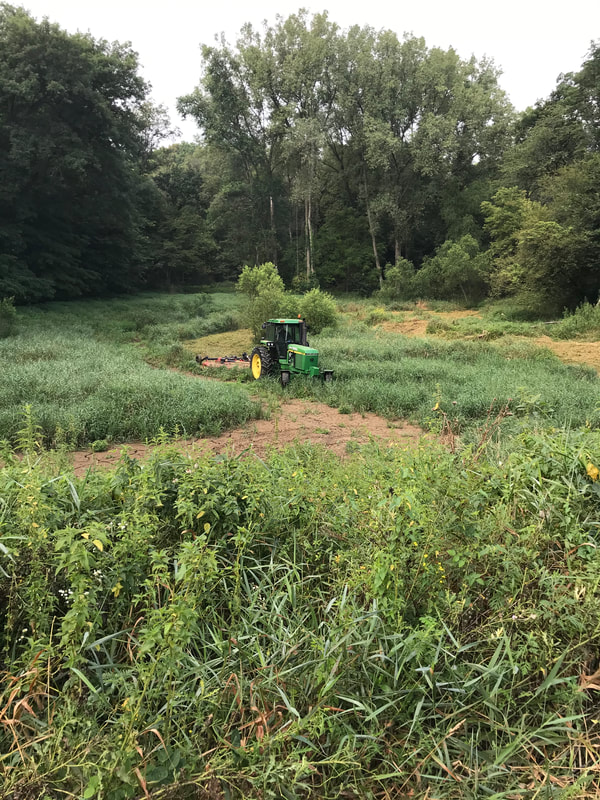

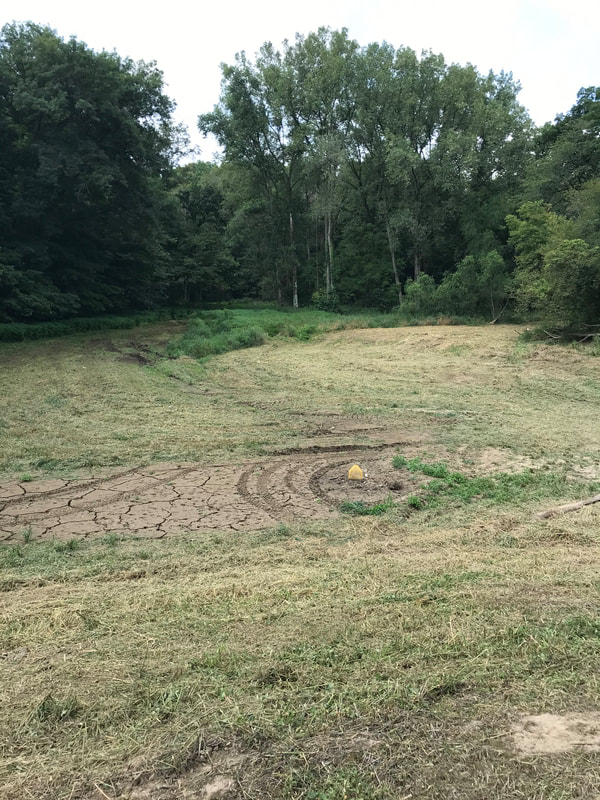
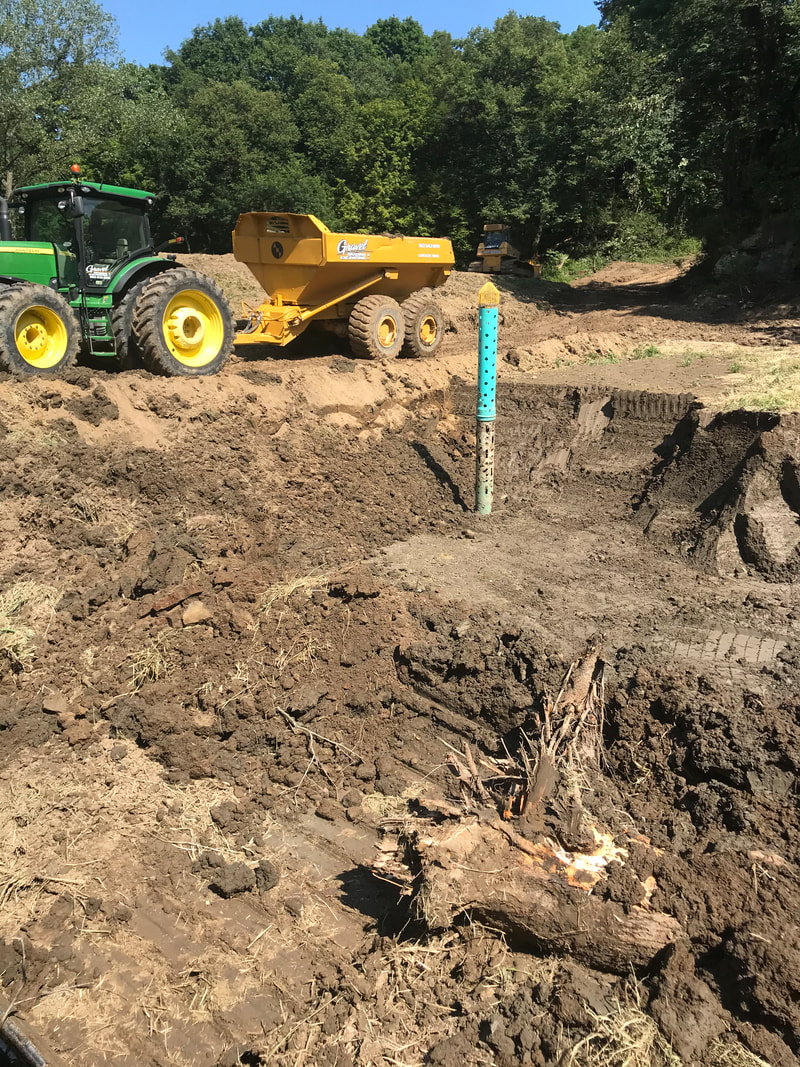
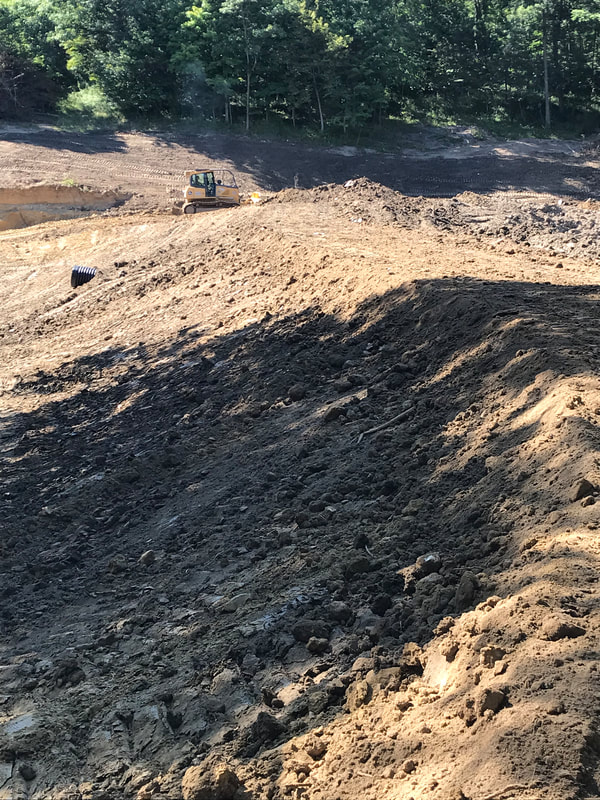
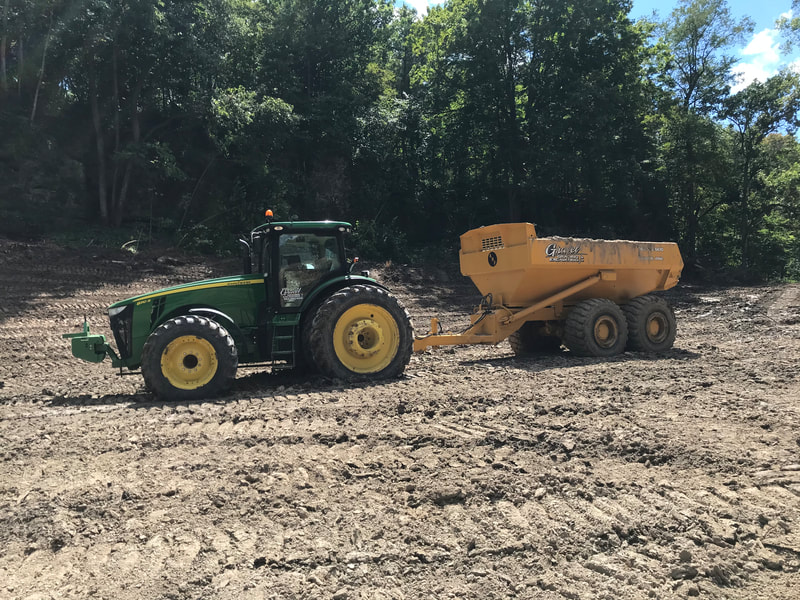
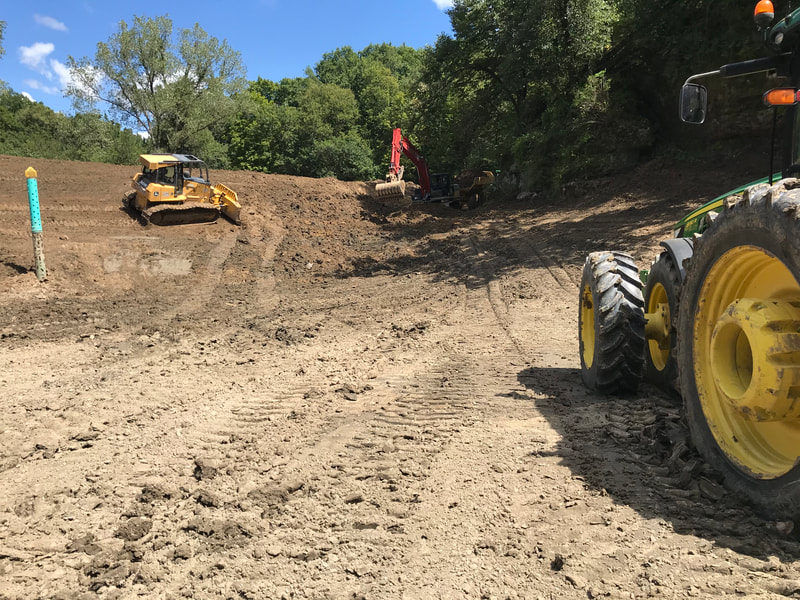
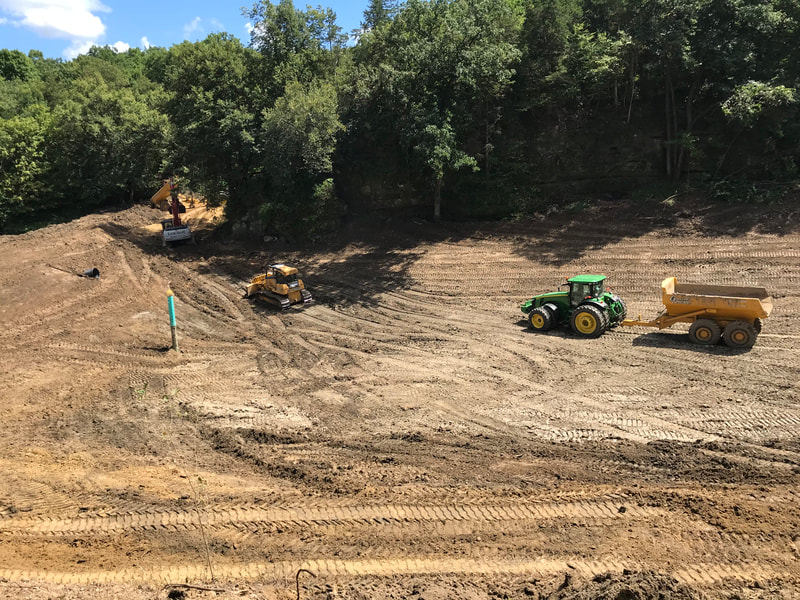
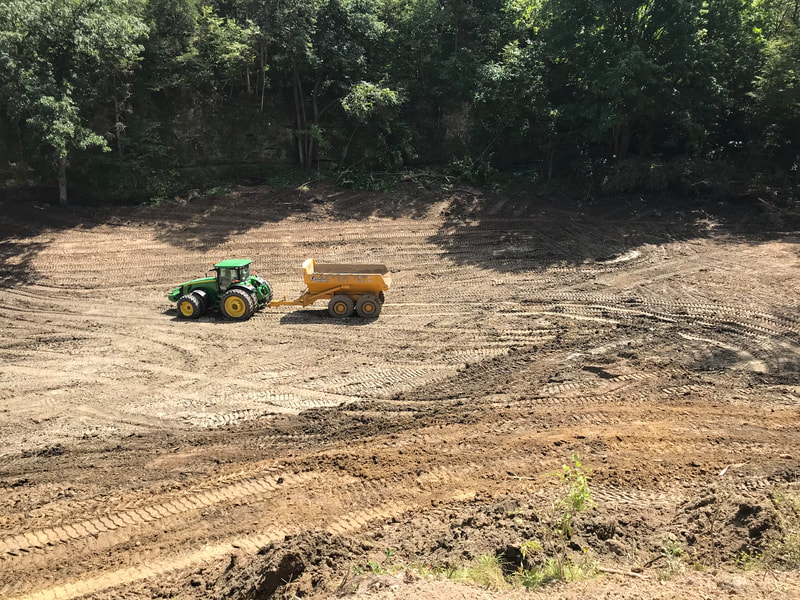

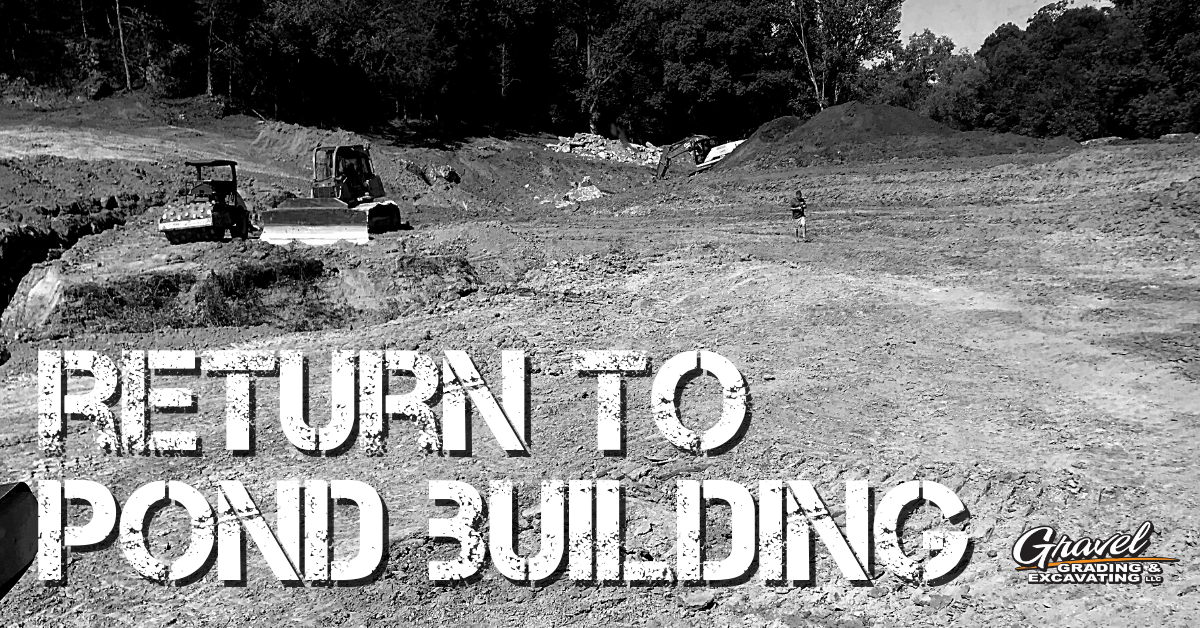
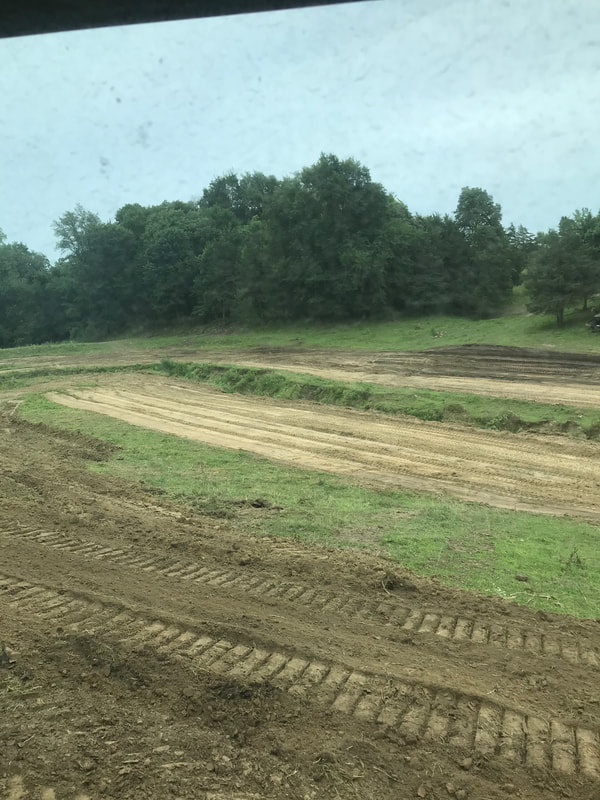
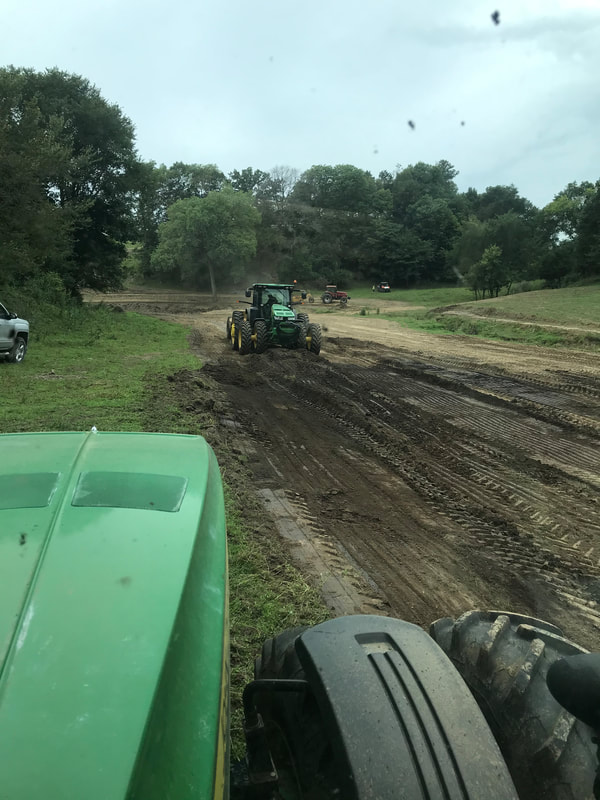
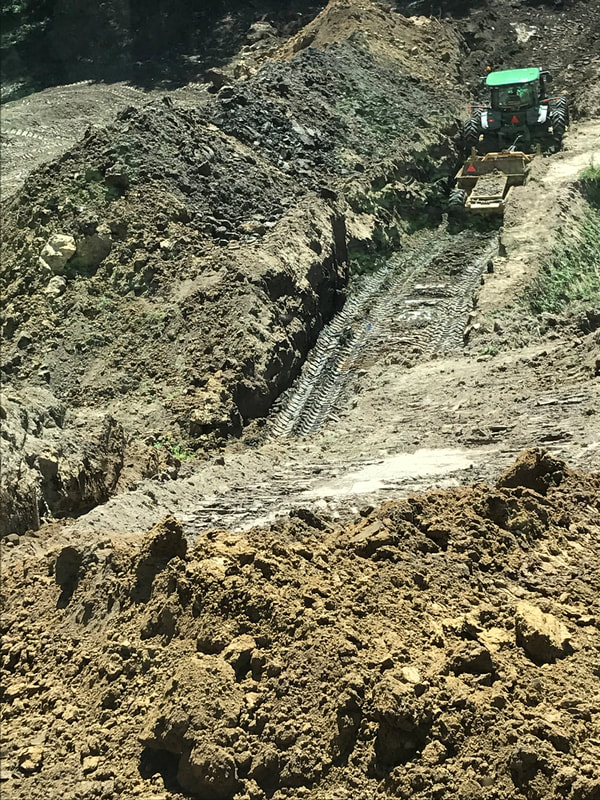
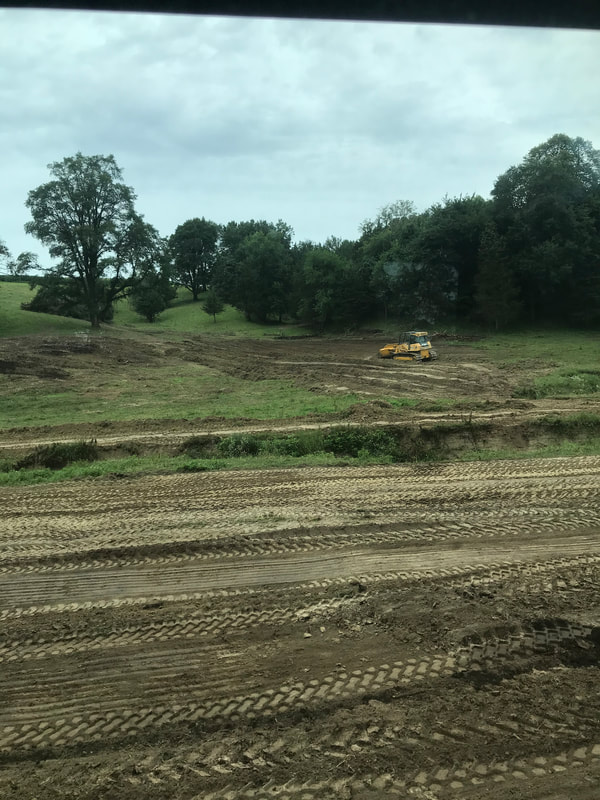
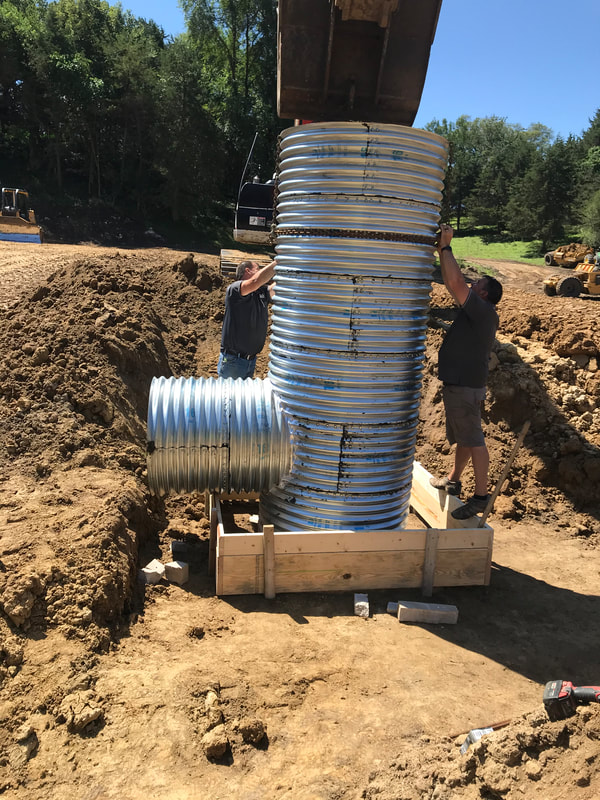
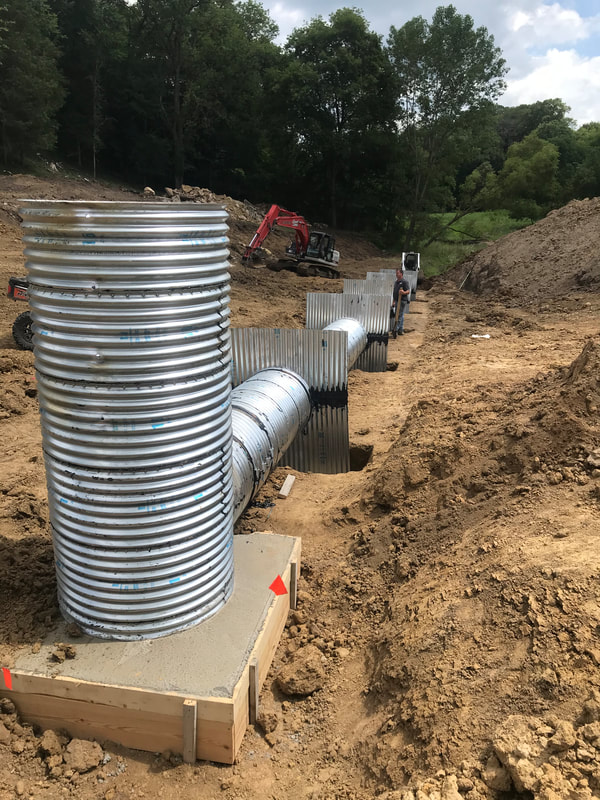
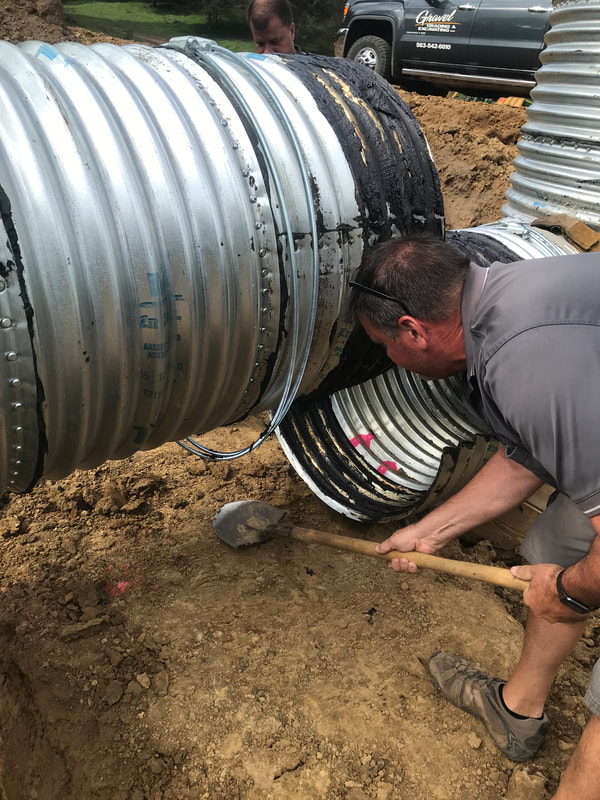
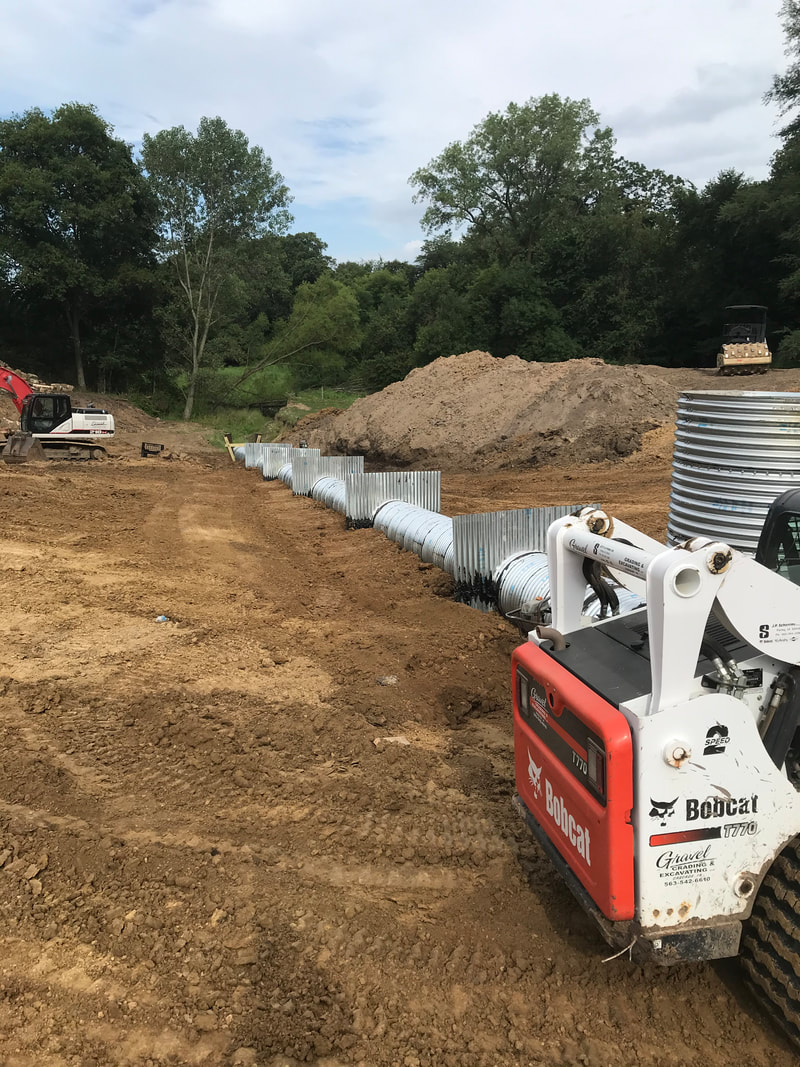
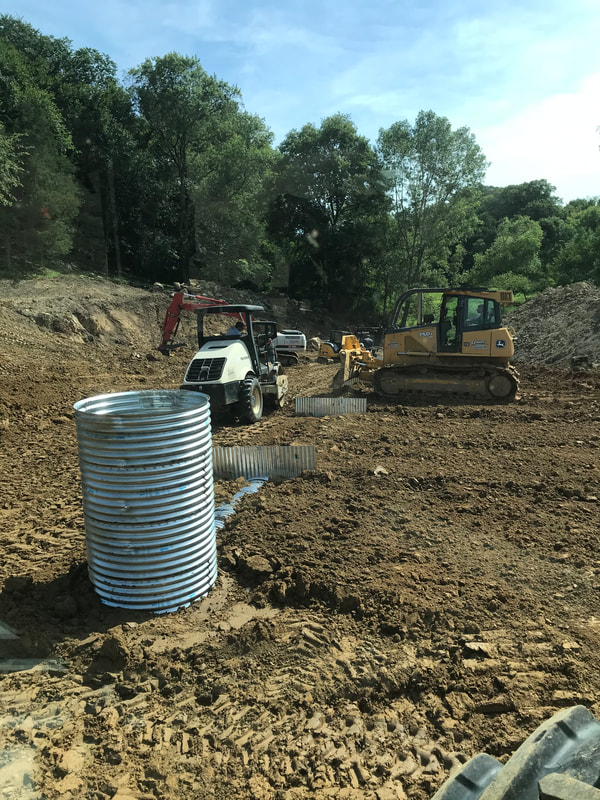


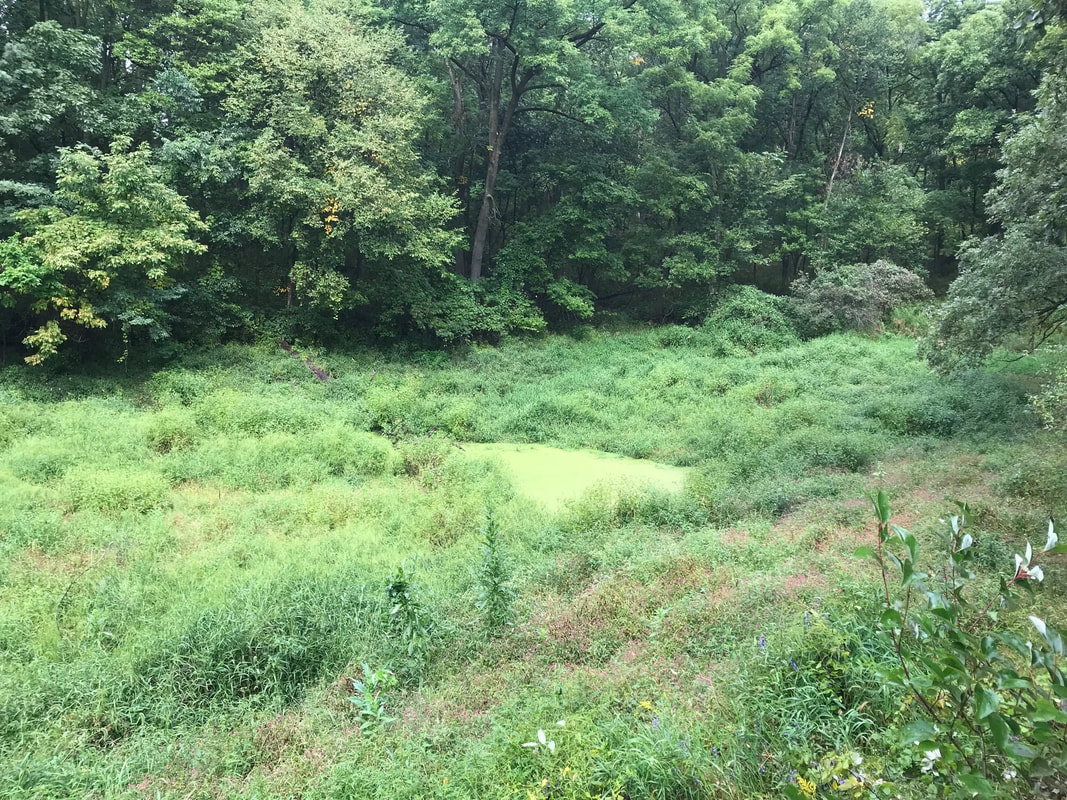
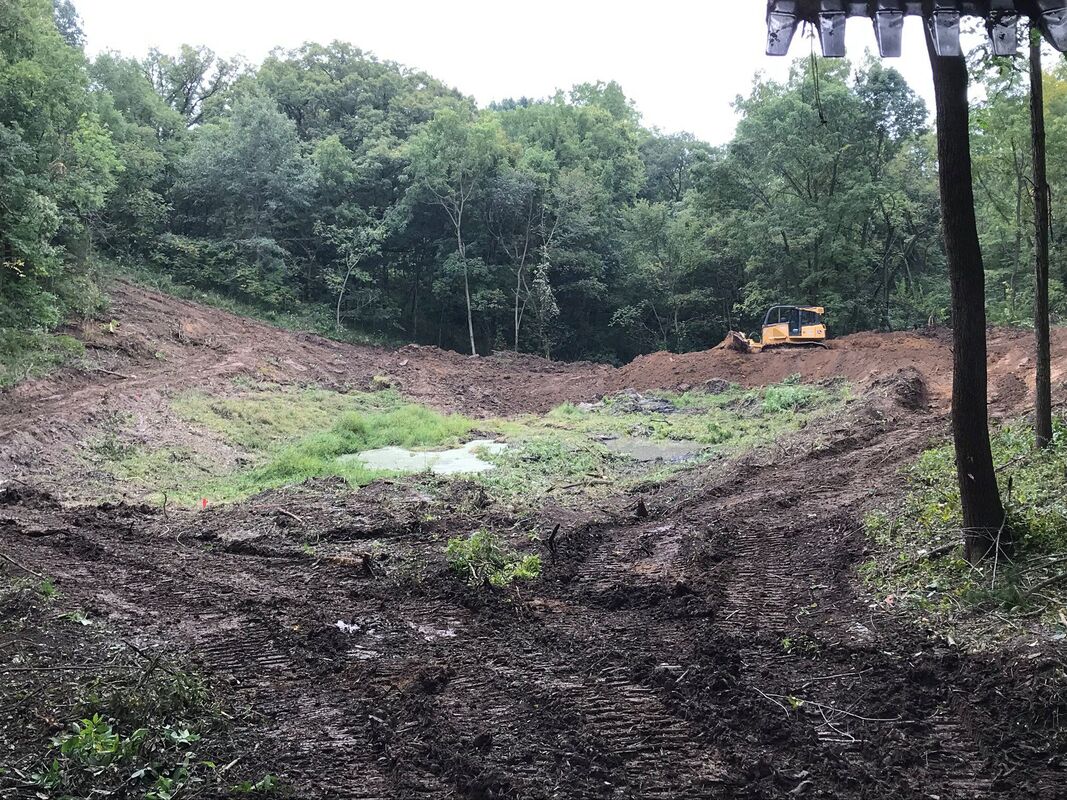
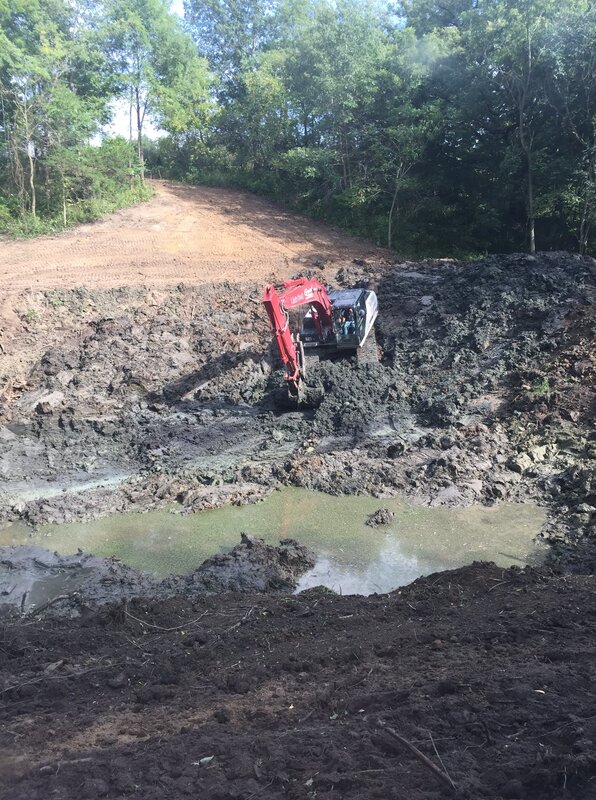
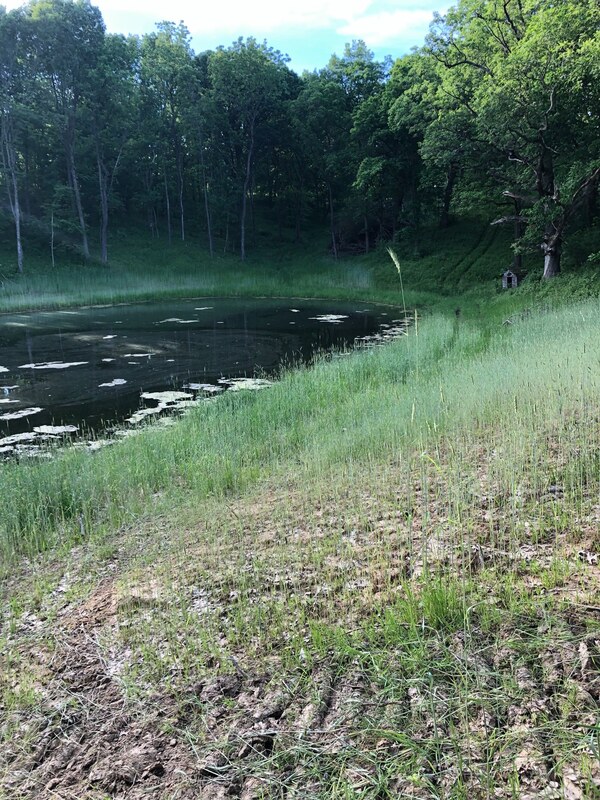
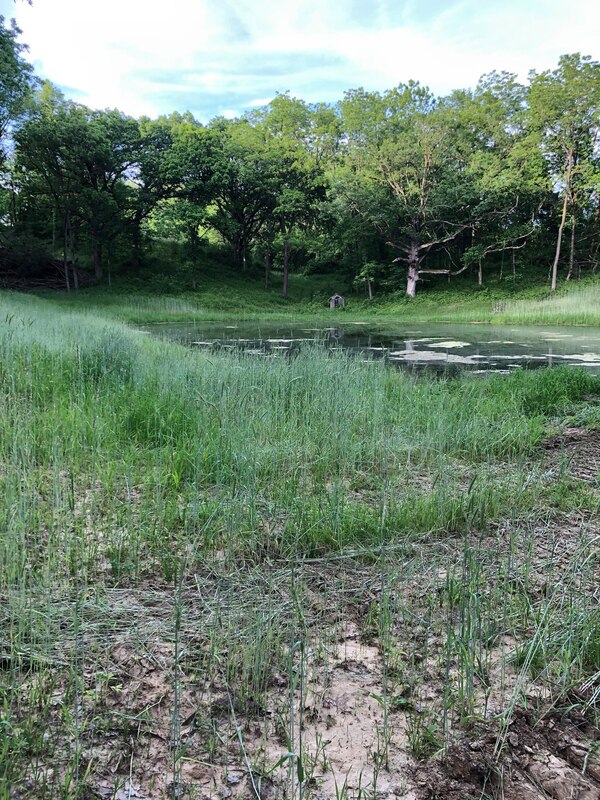
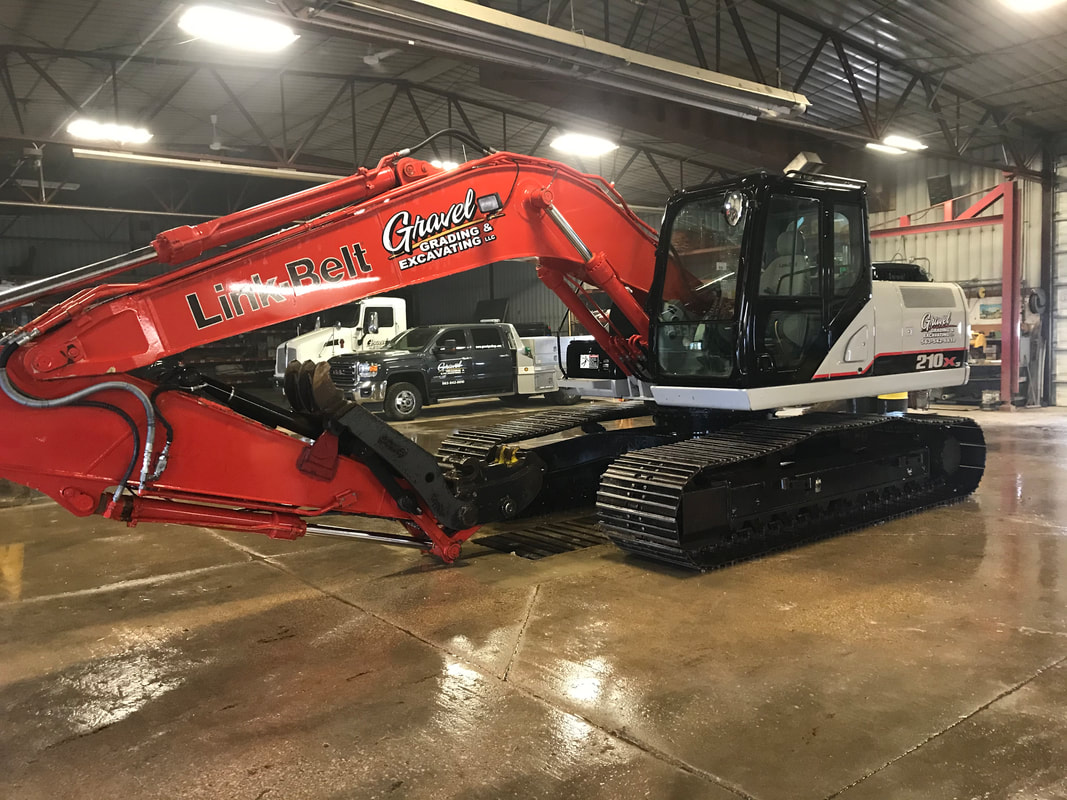
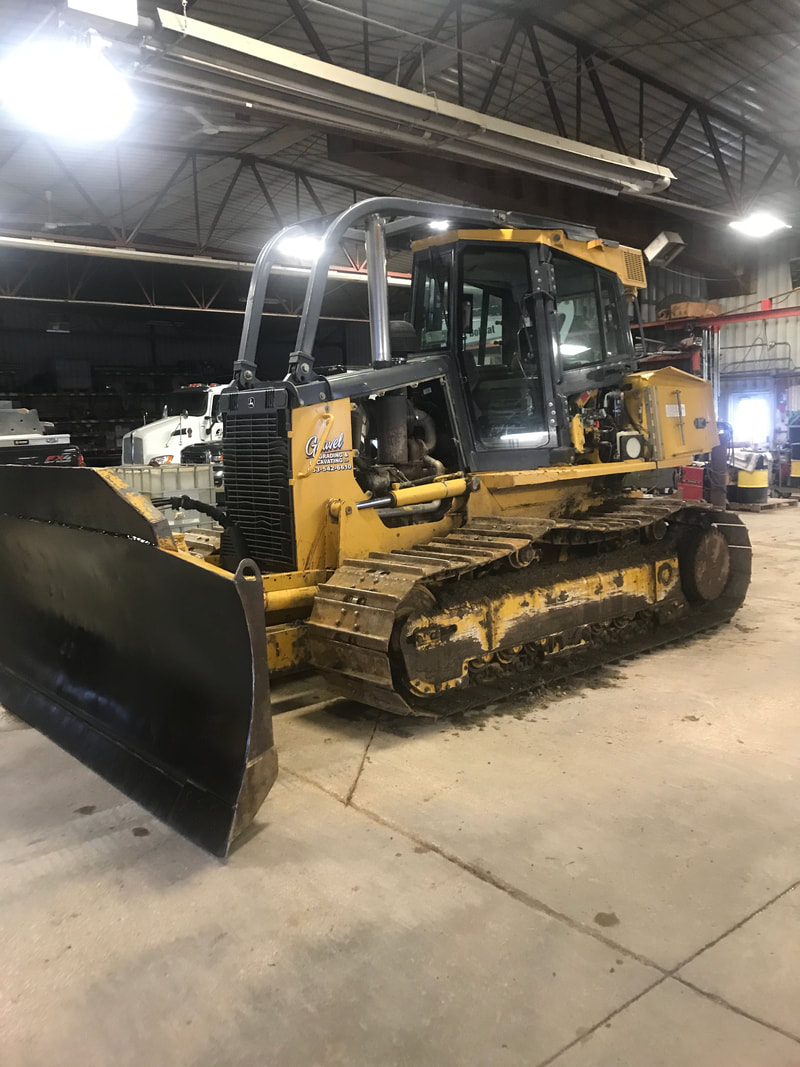
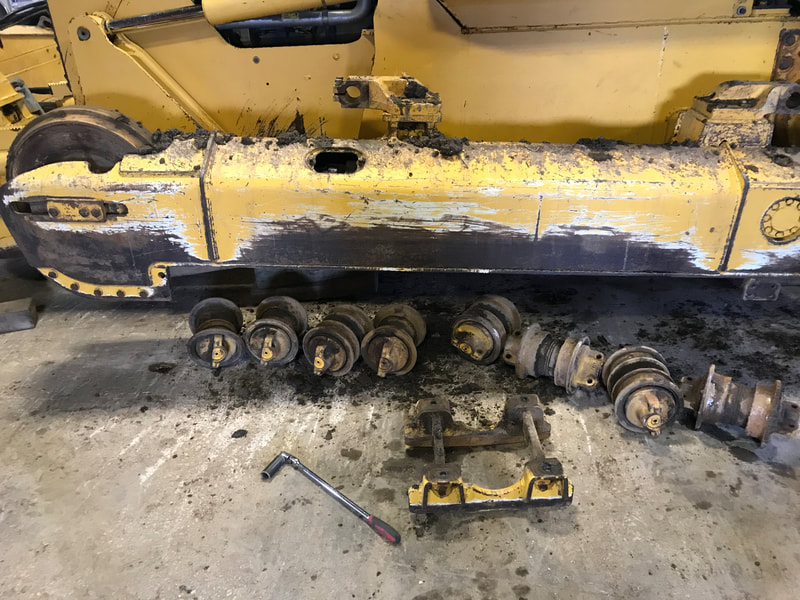
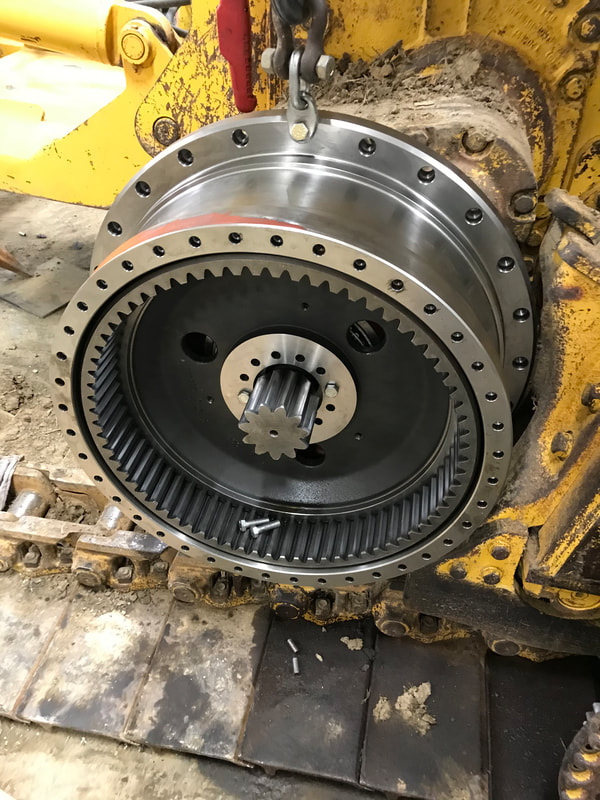
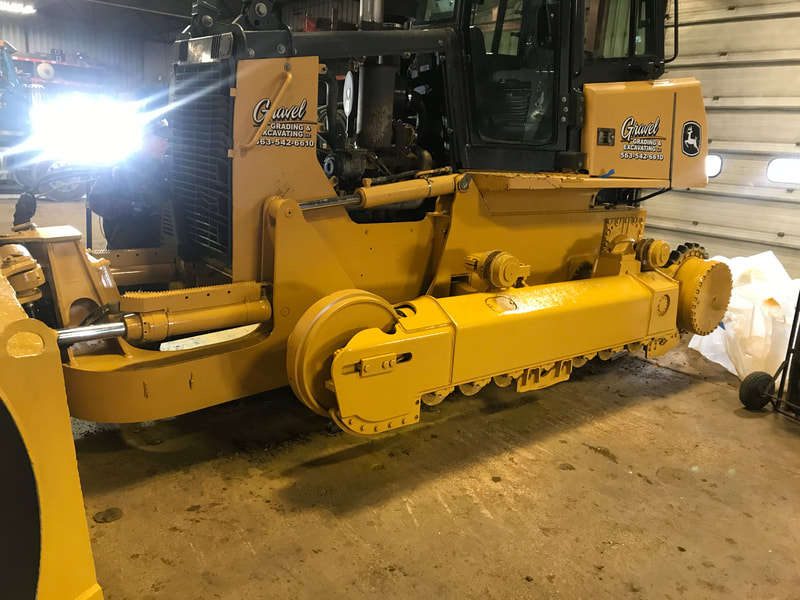
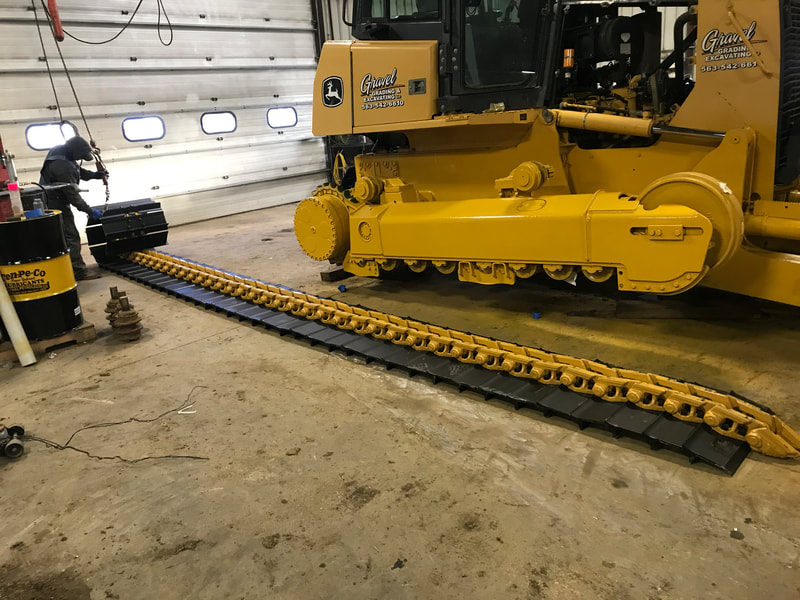

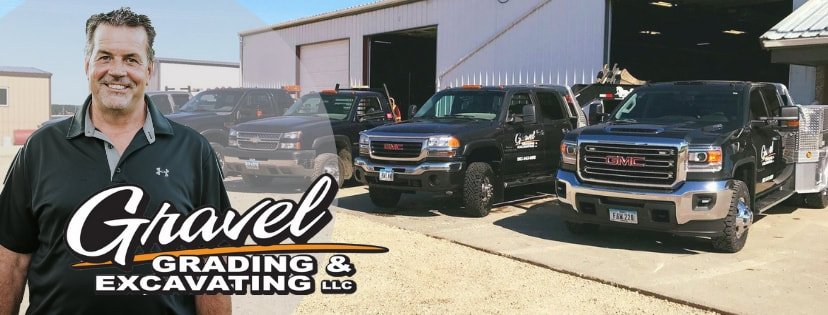

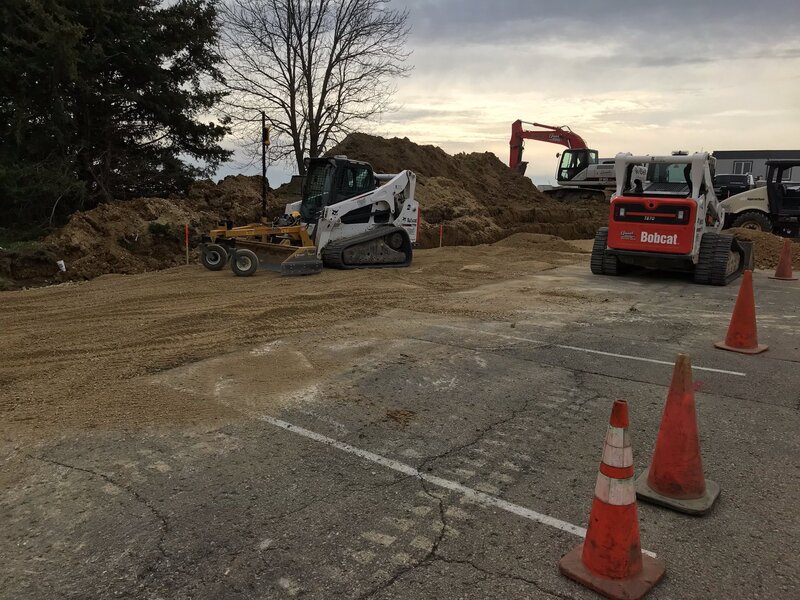
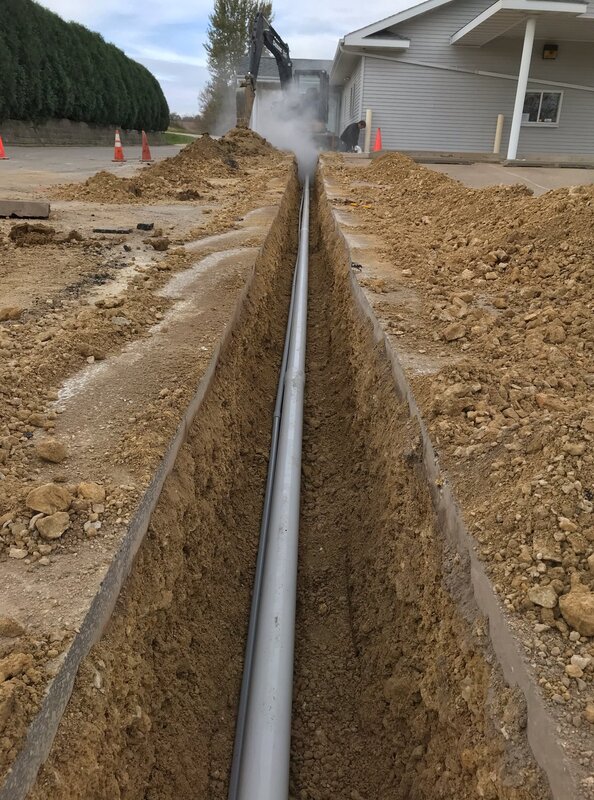
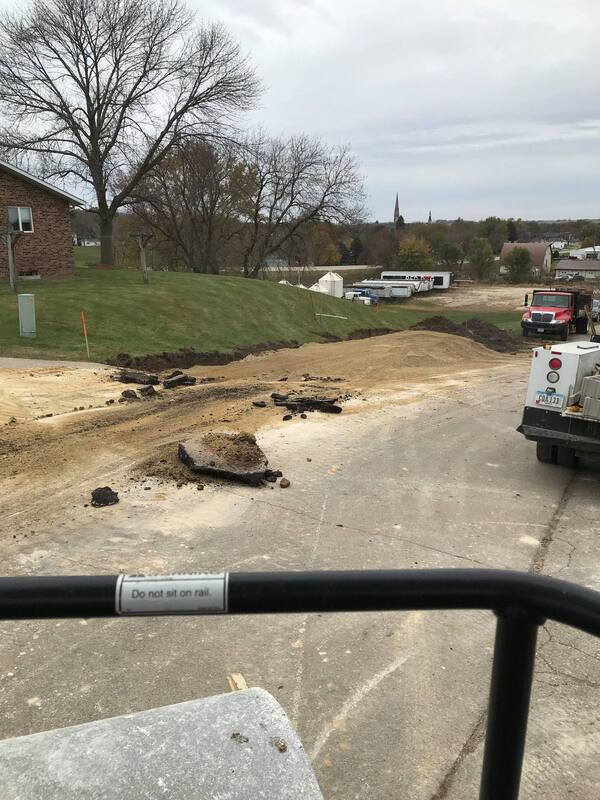
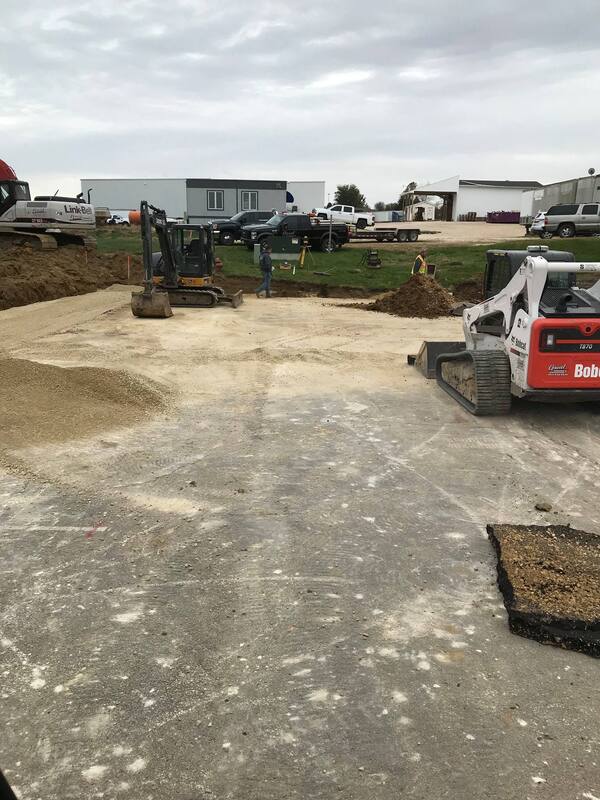

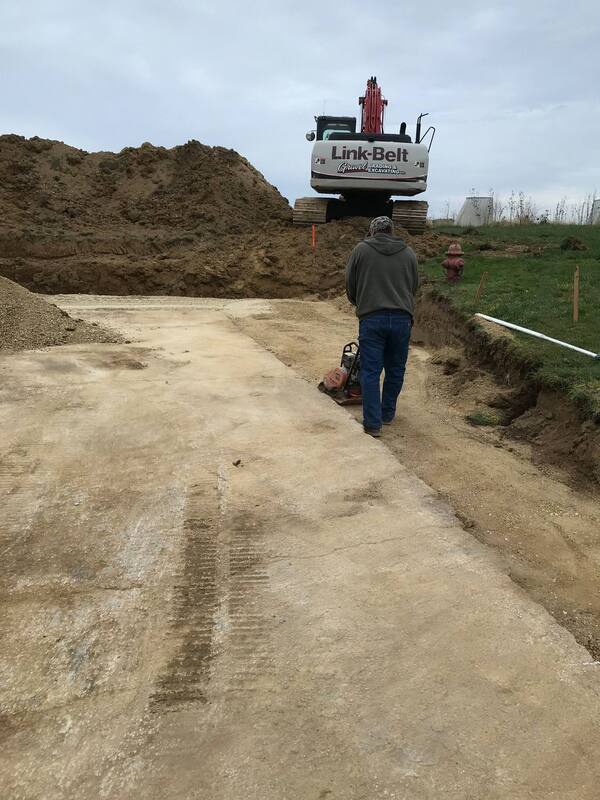

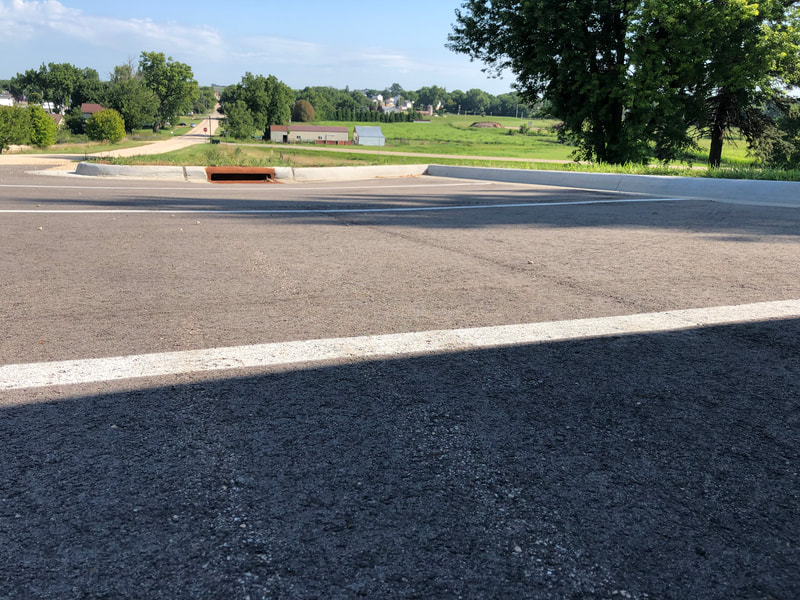
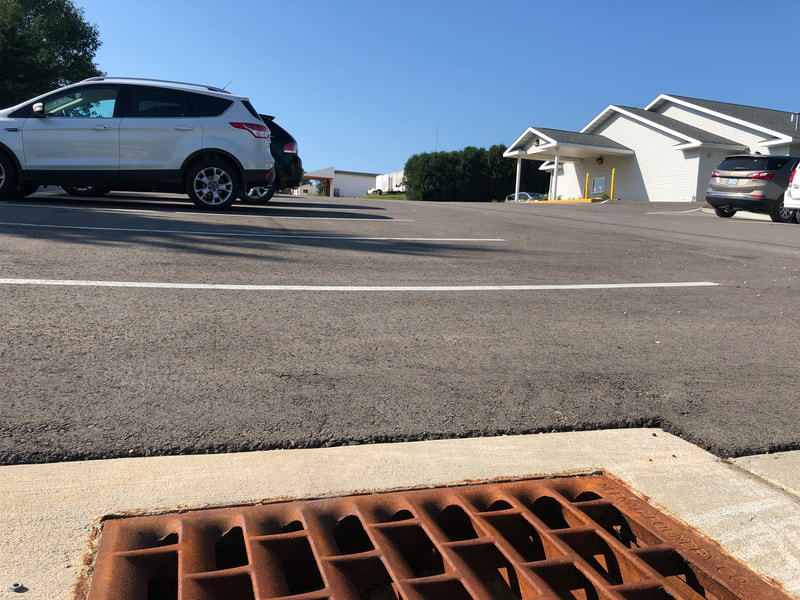
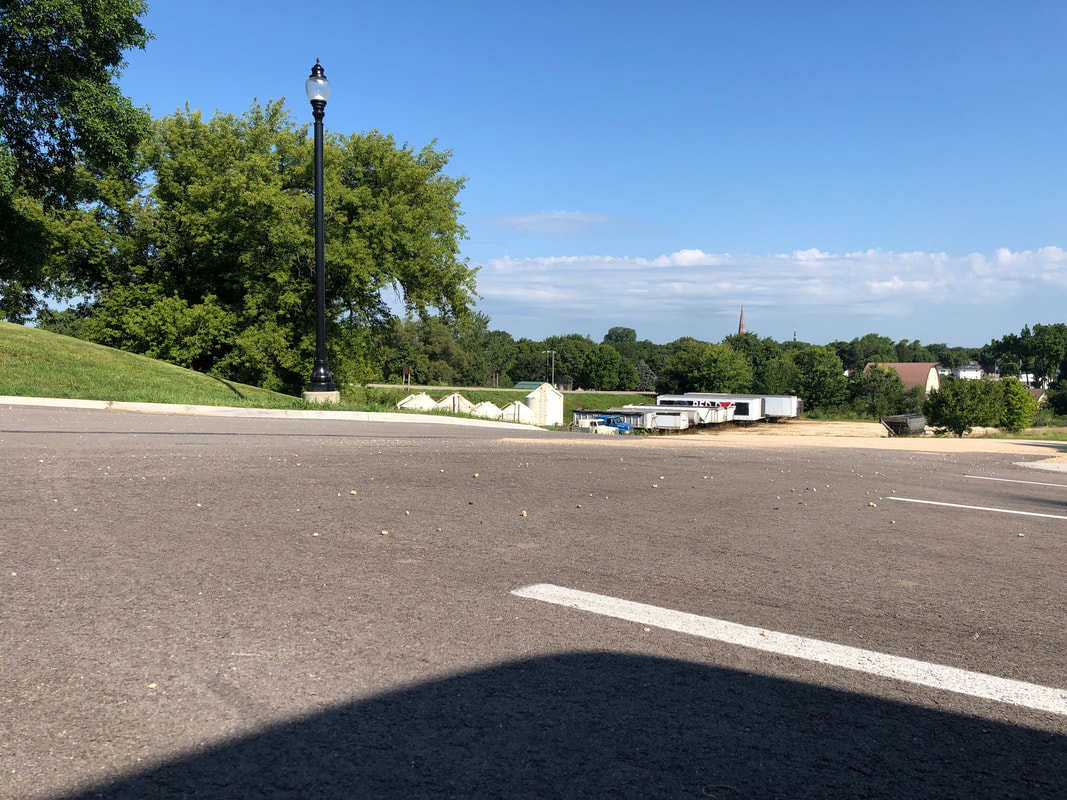
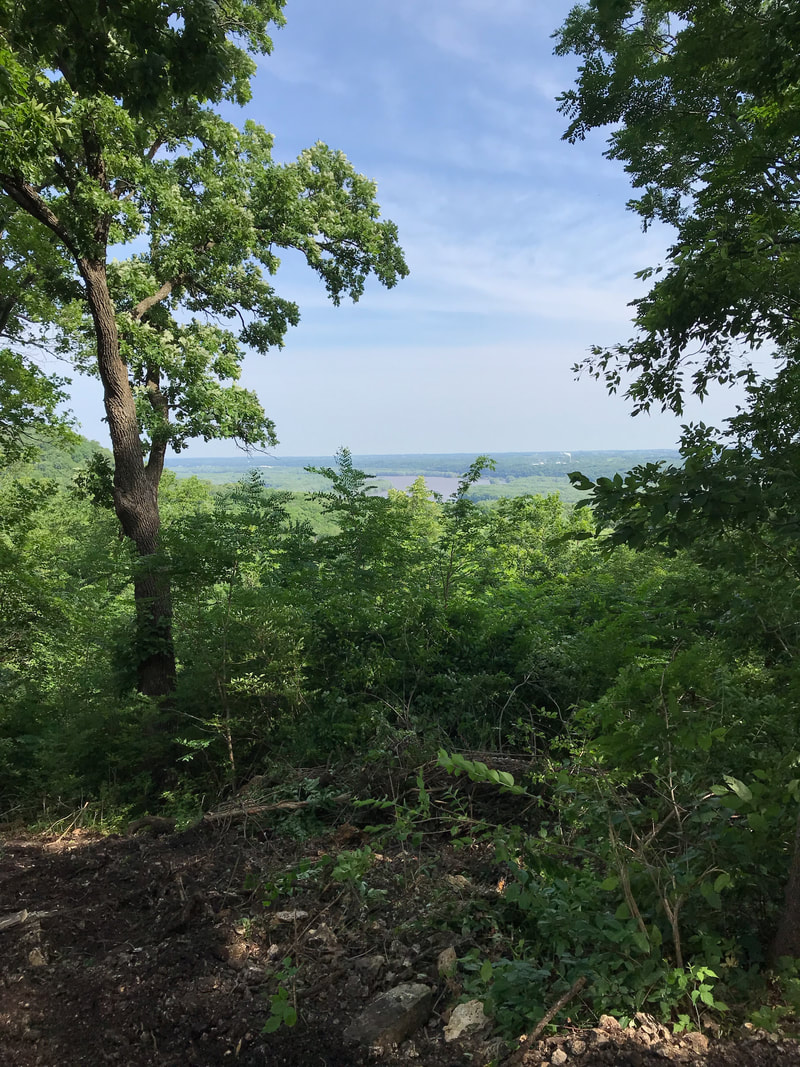
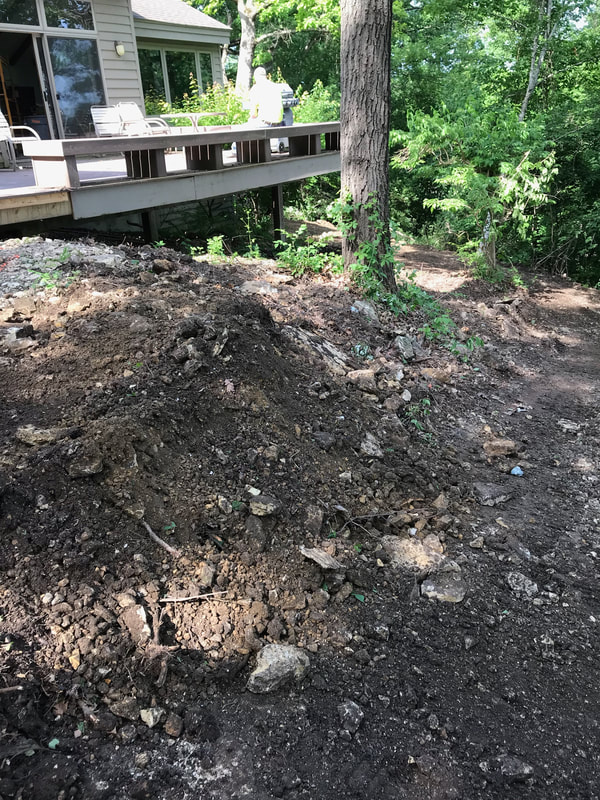


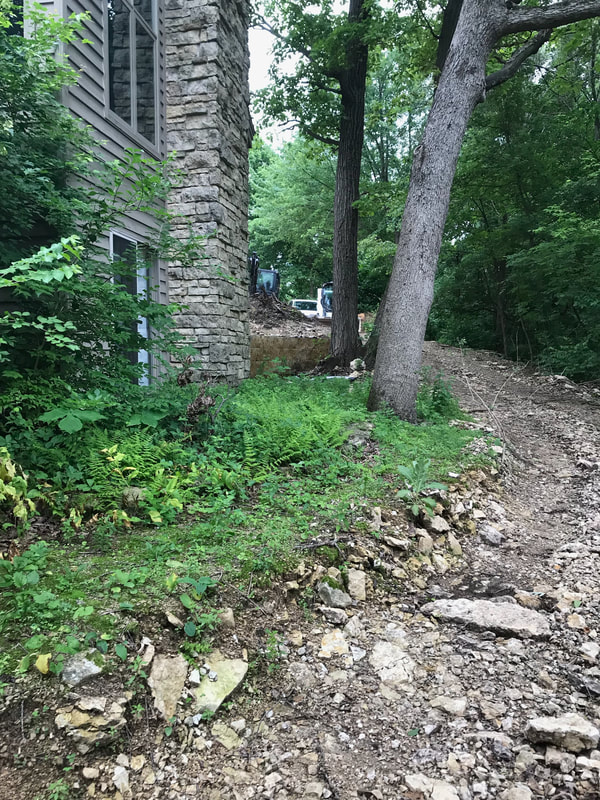
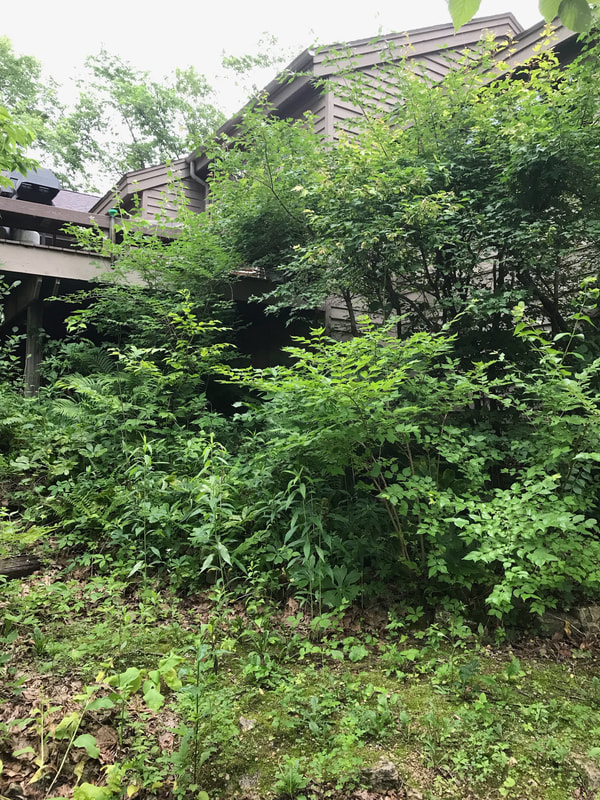


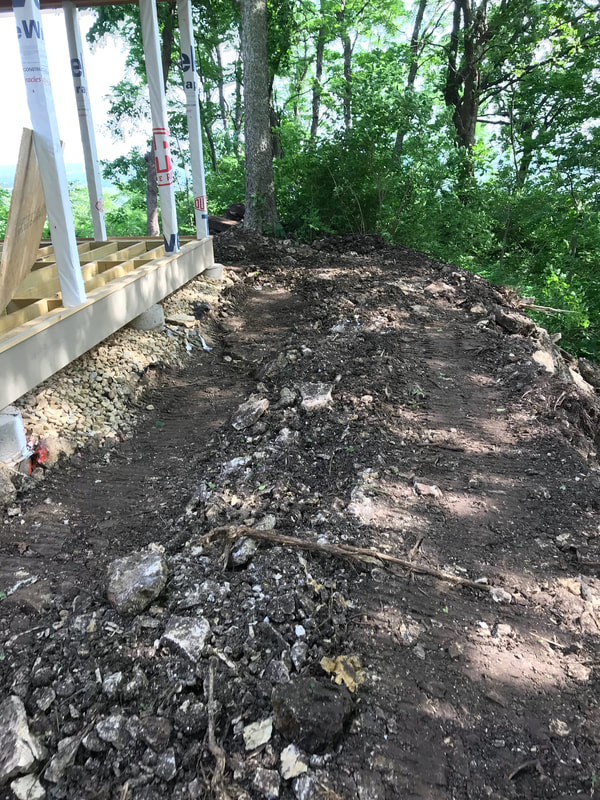
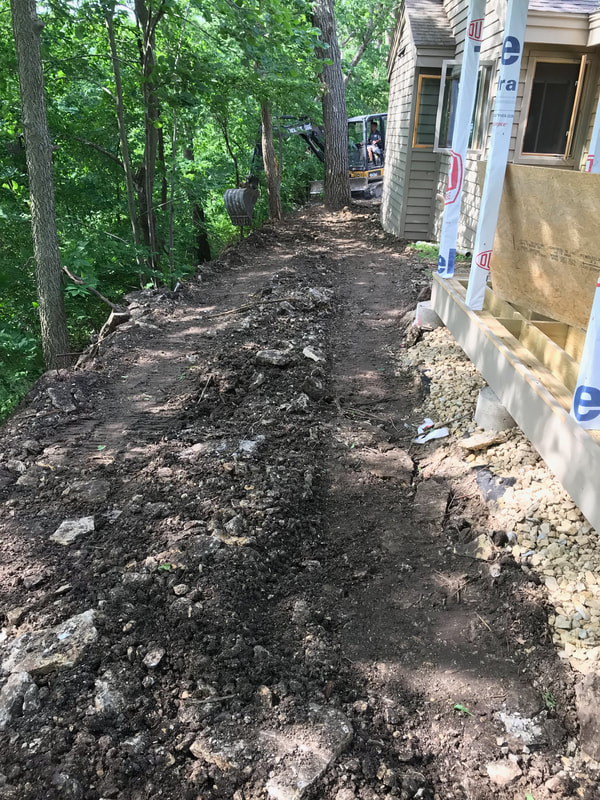
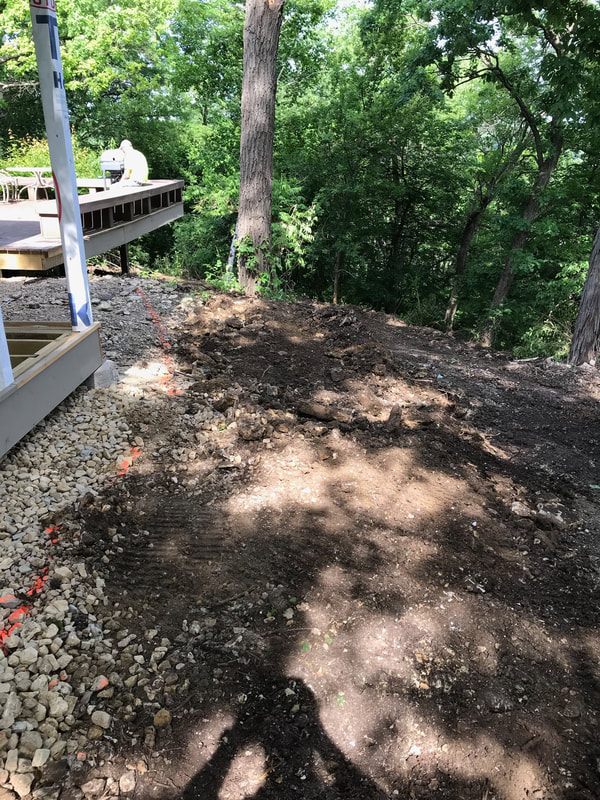
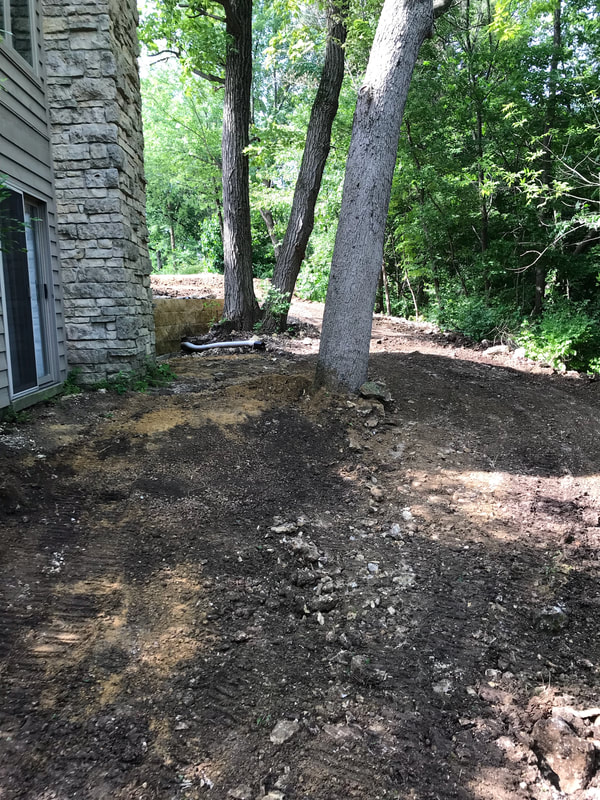
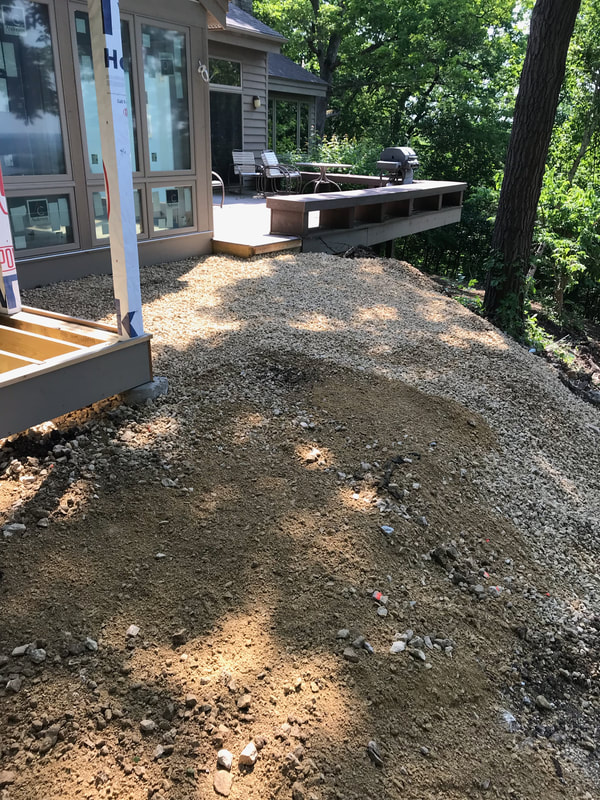
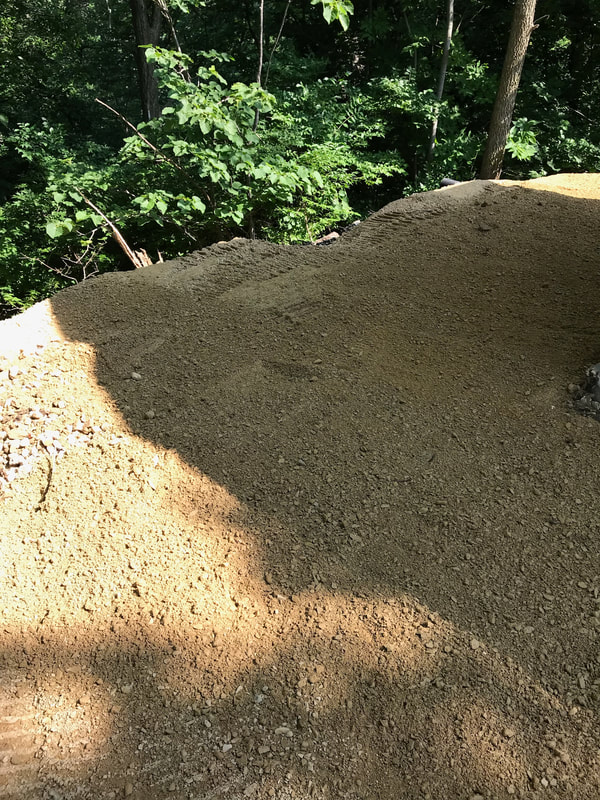
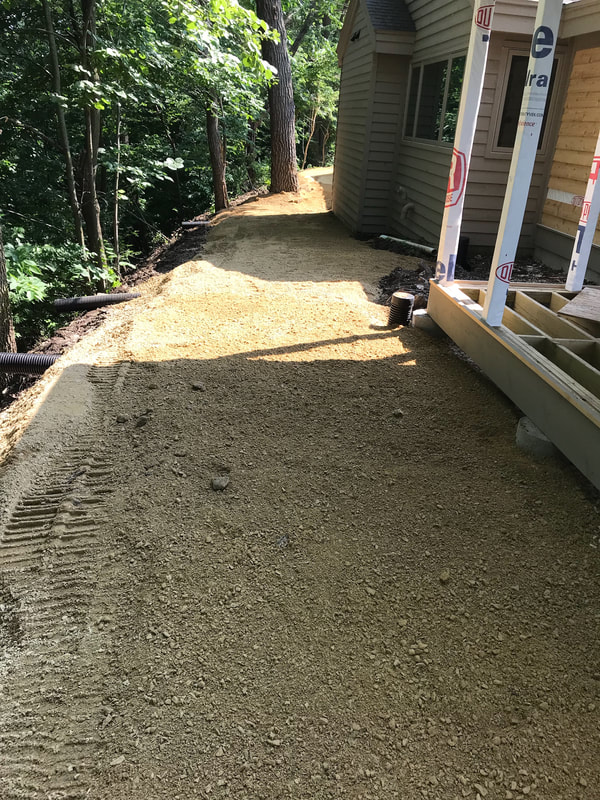
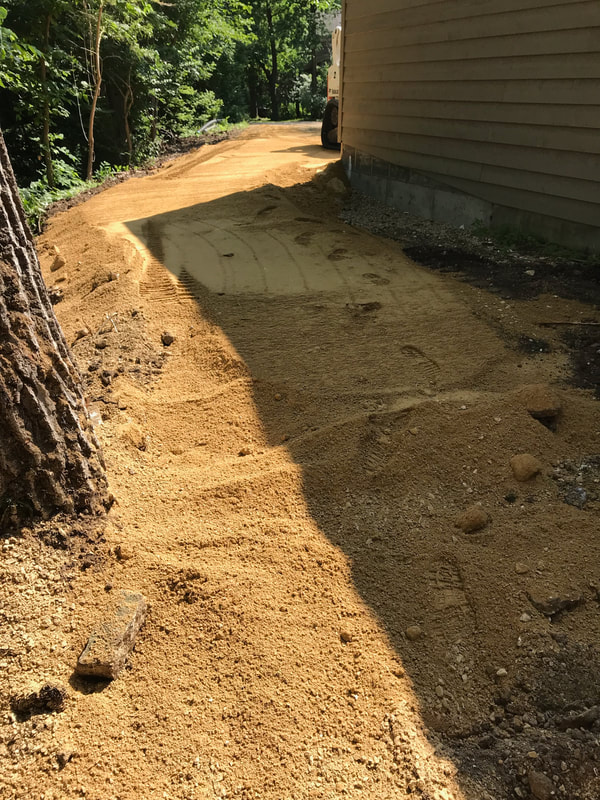
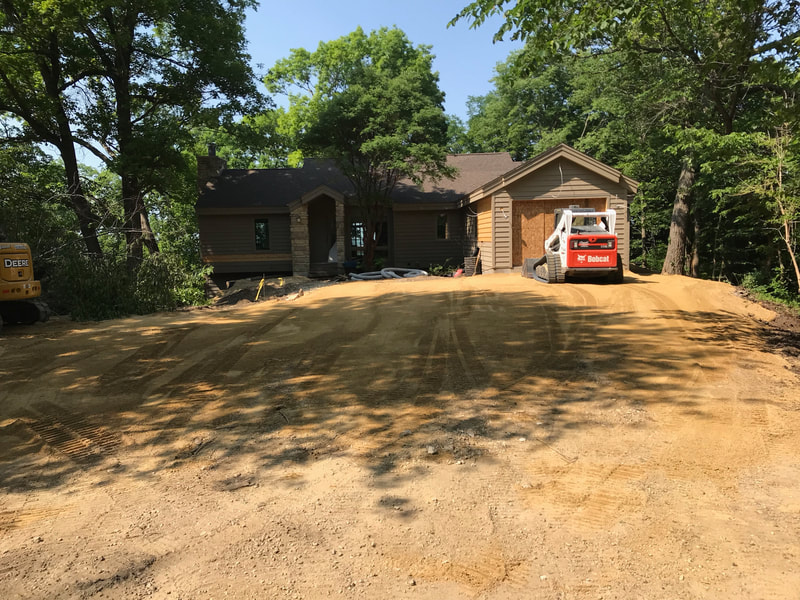
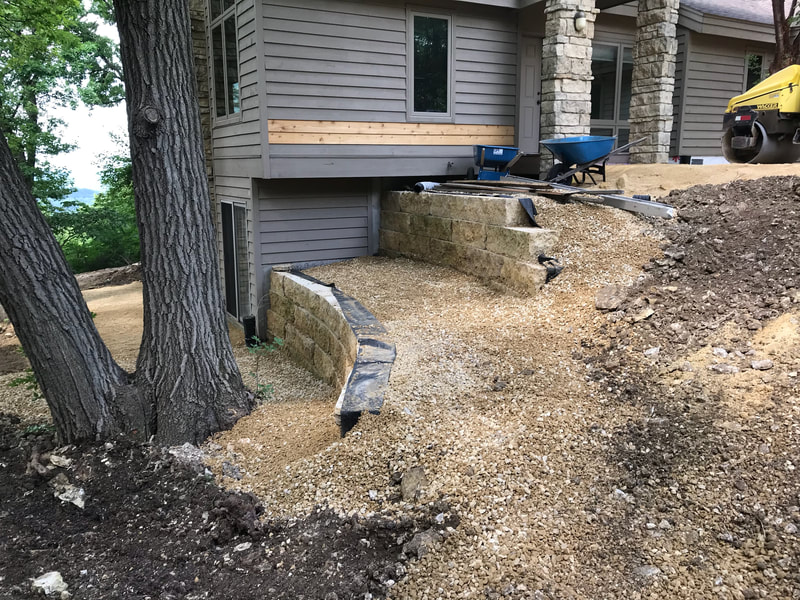
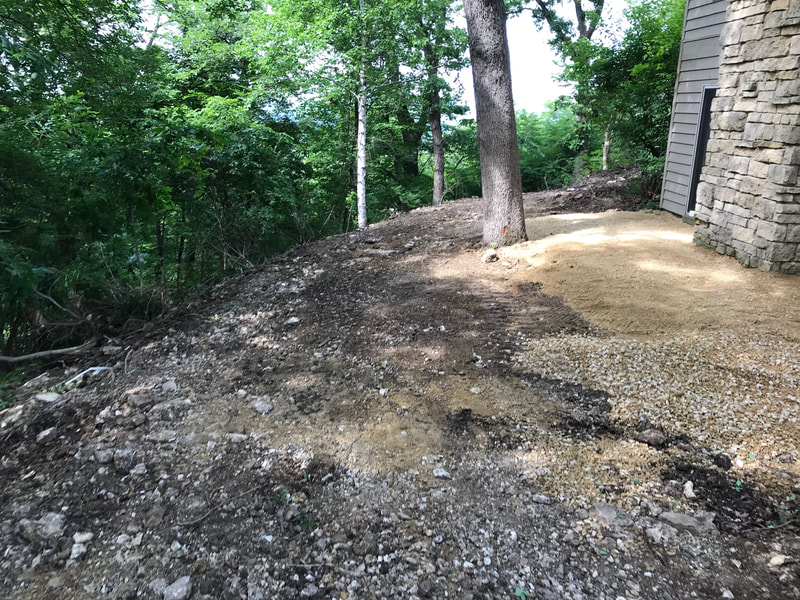
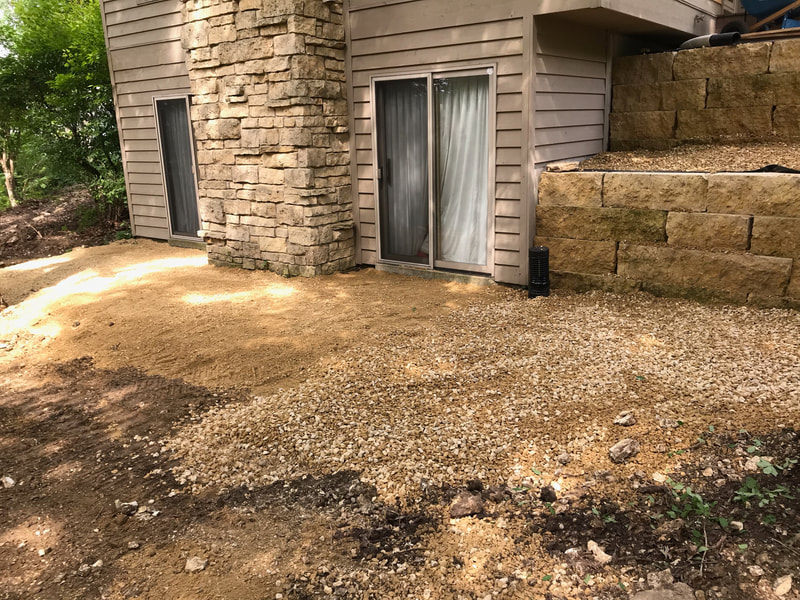
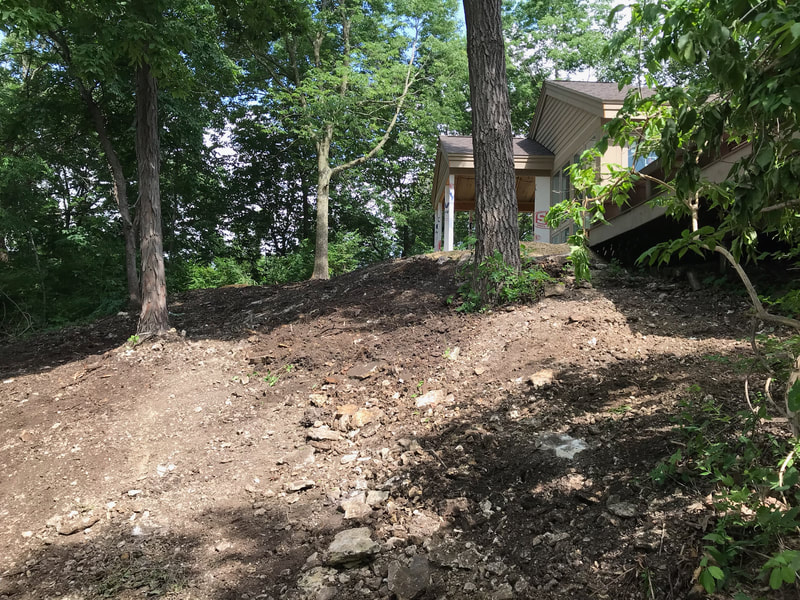
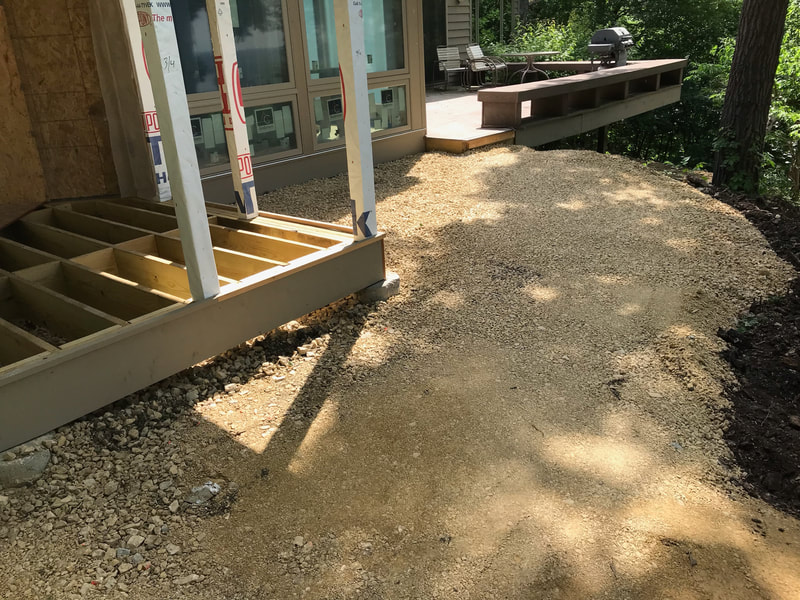
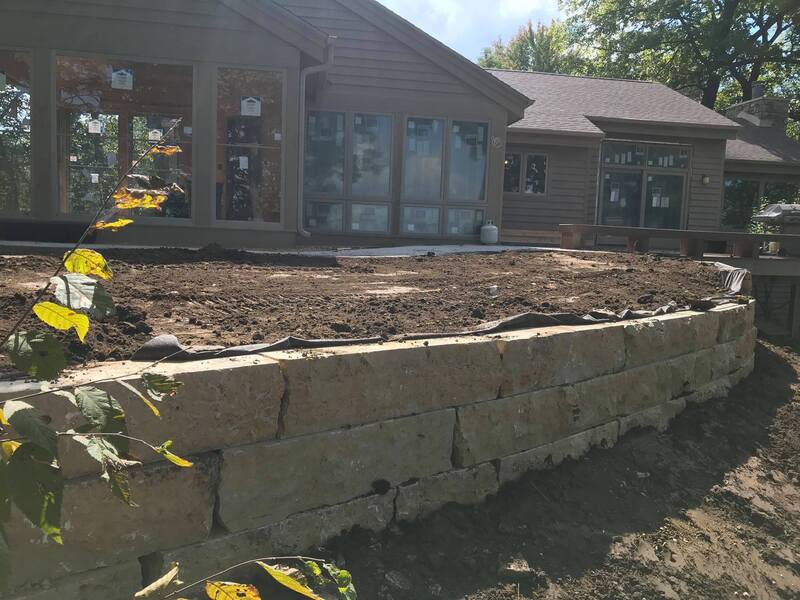
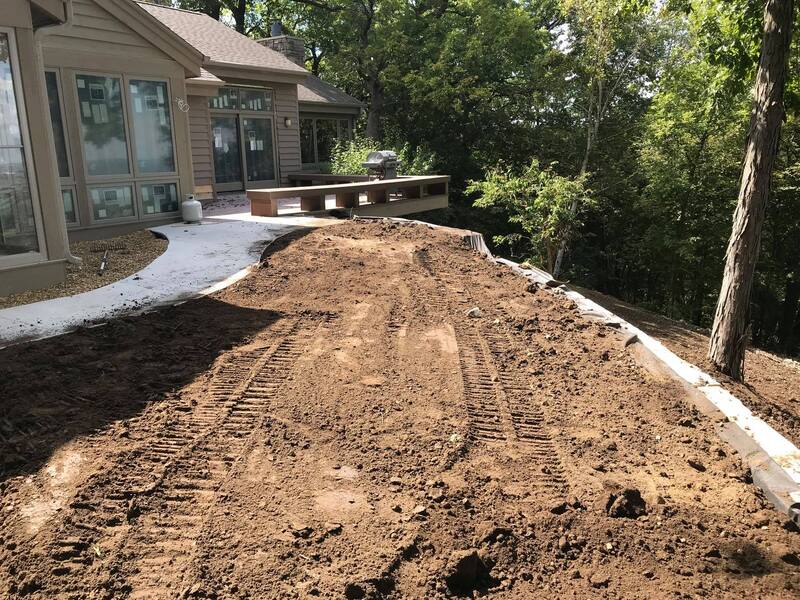
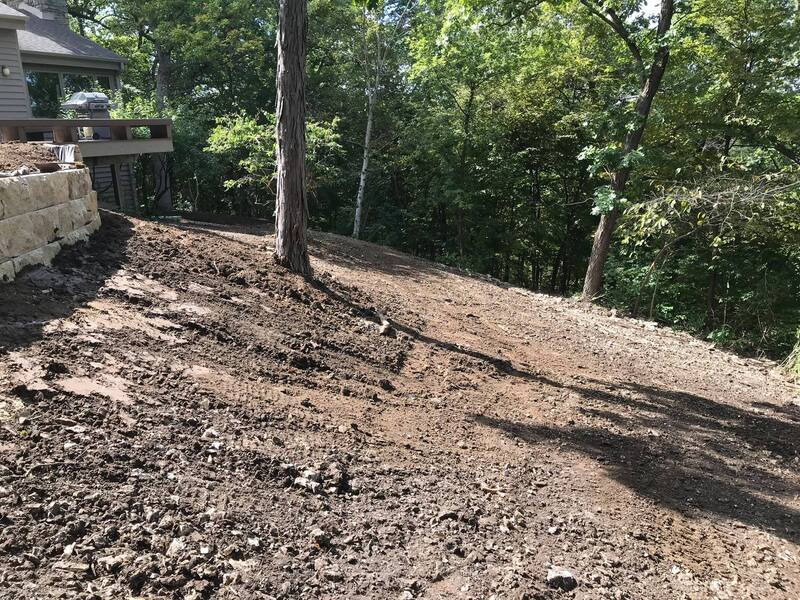
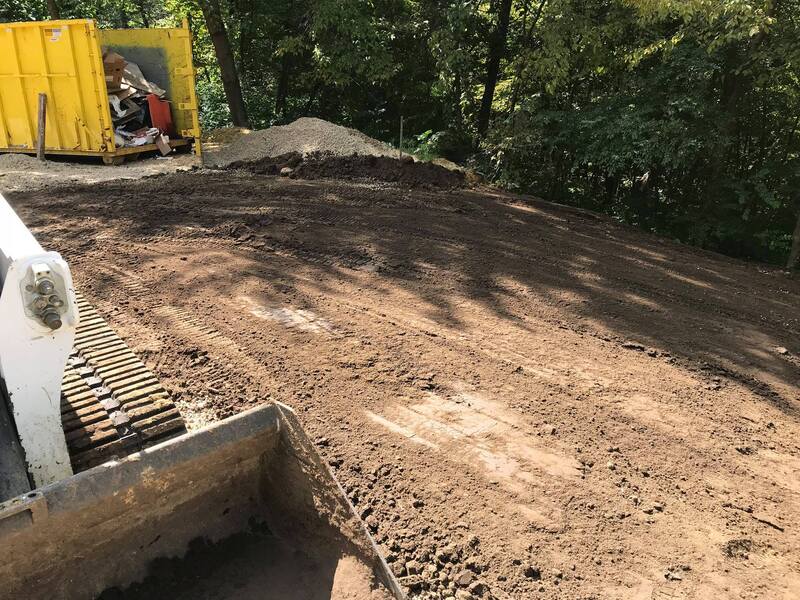
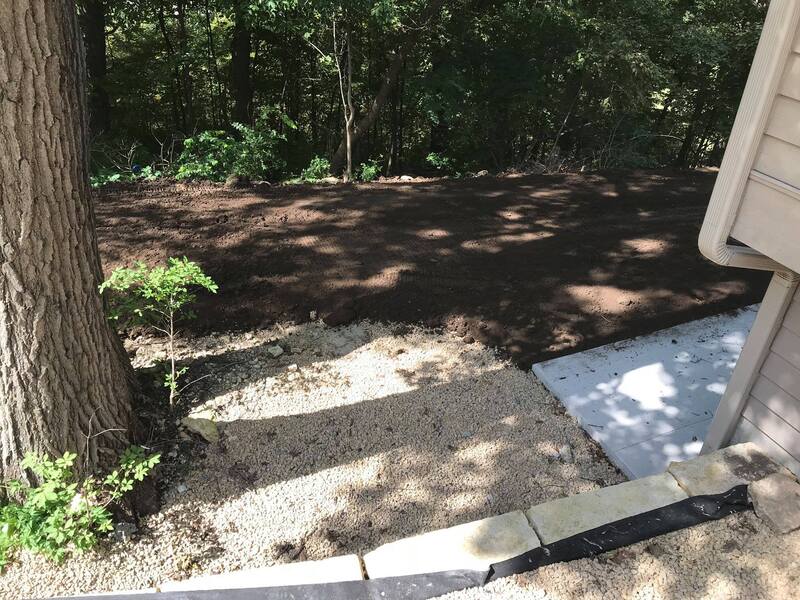

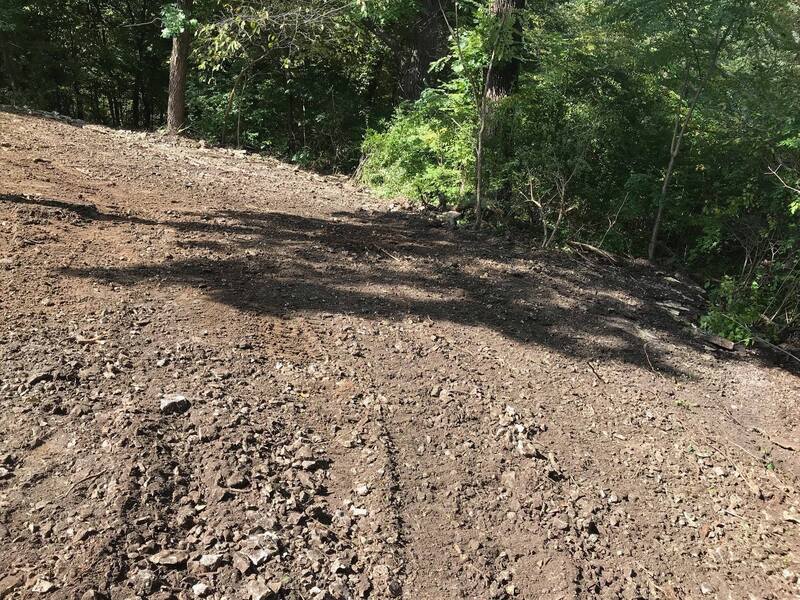
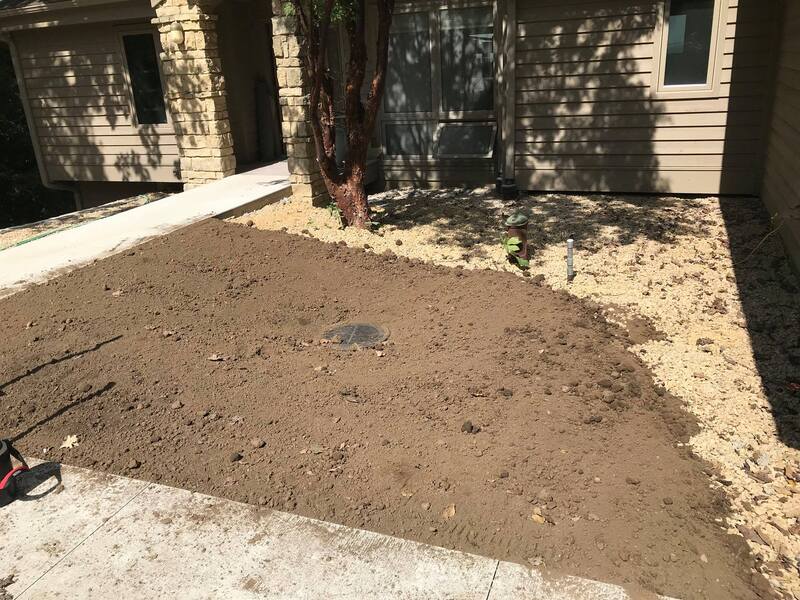
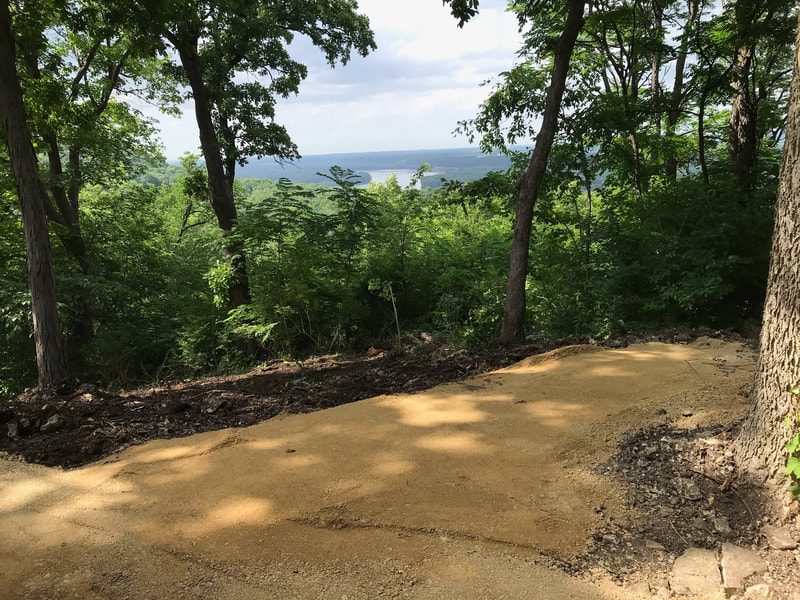
 RSS Feed
RSS Feed
